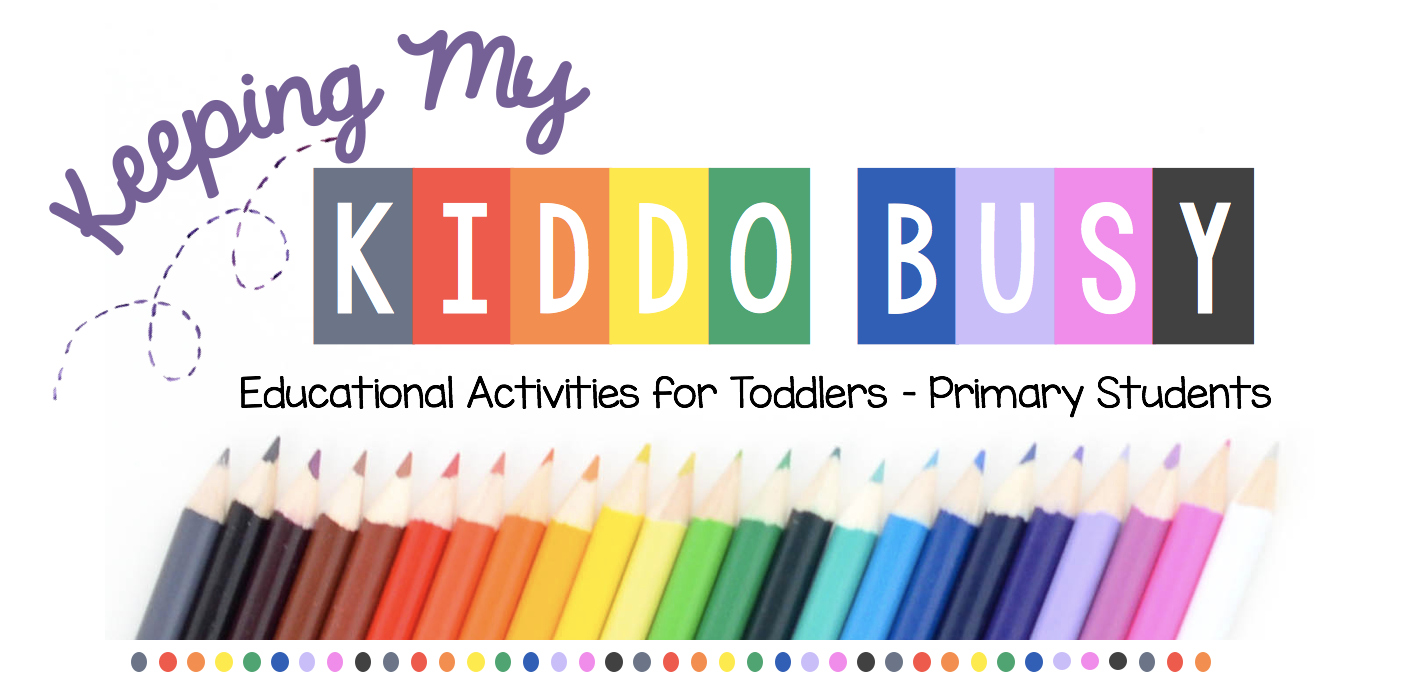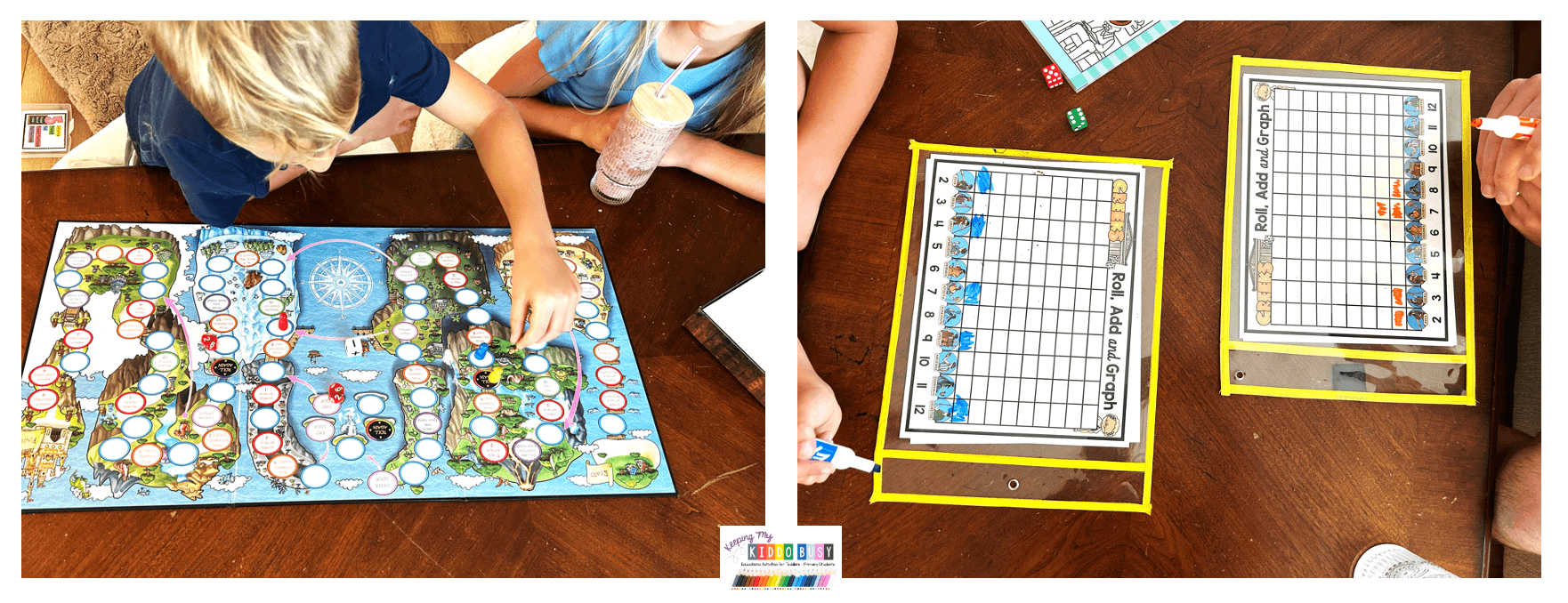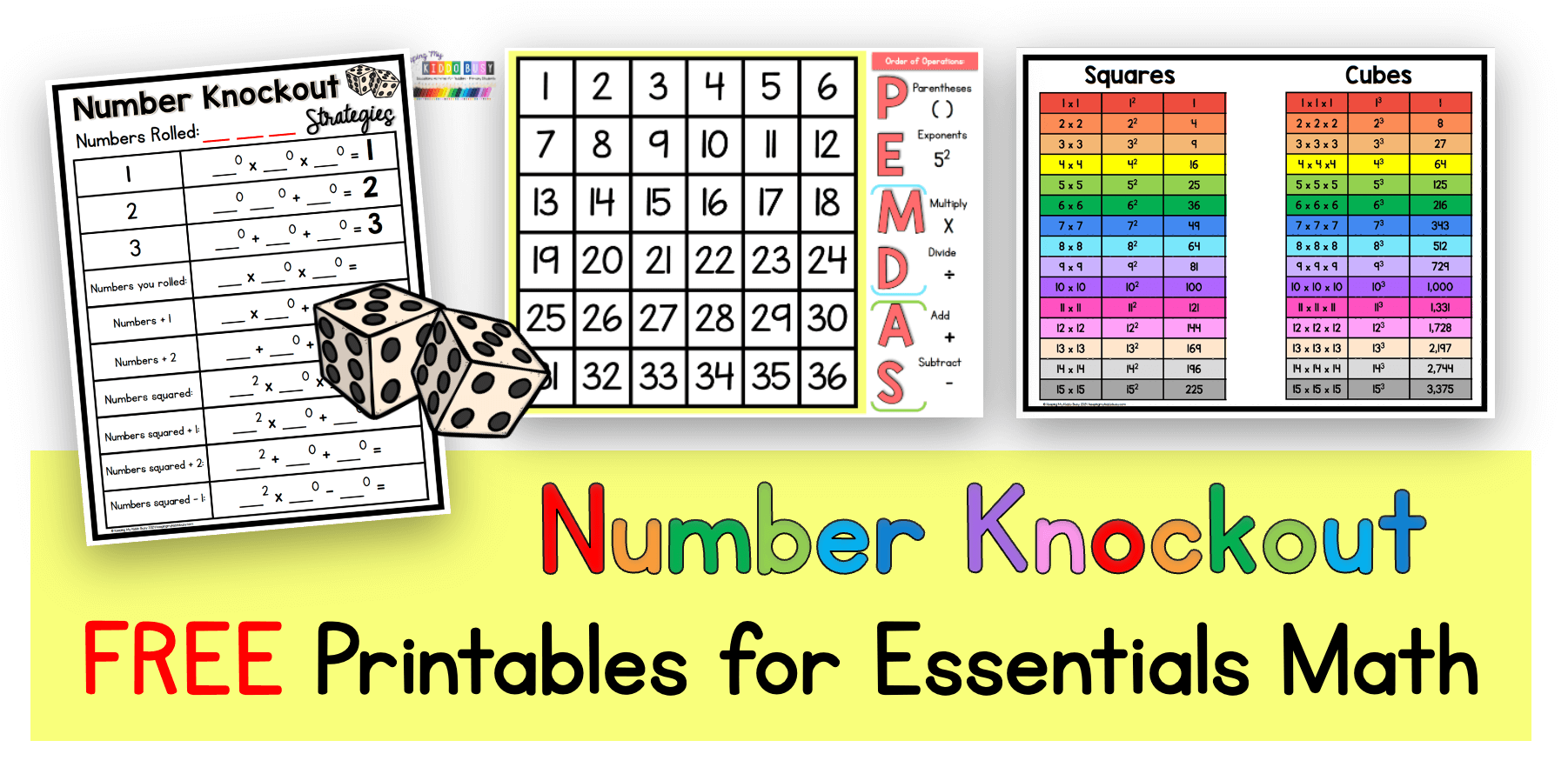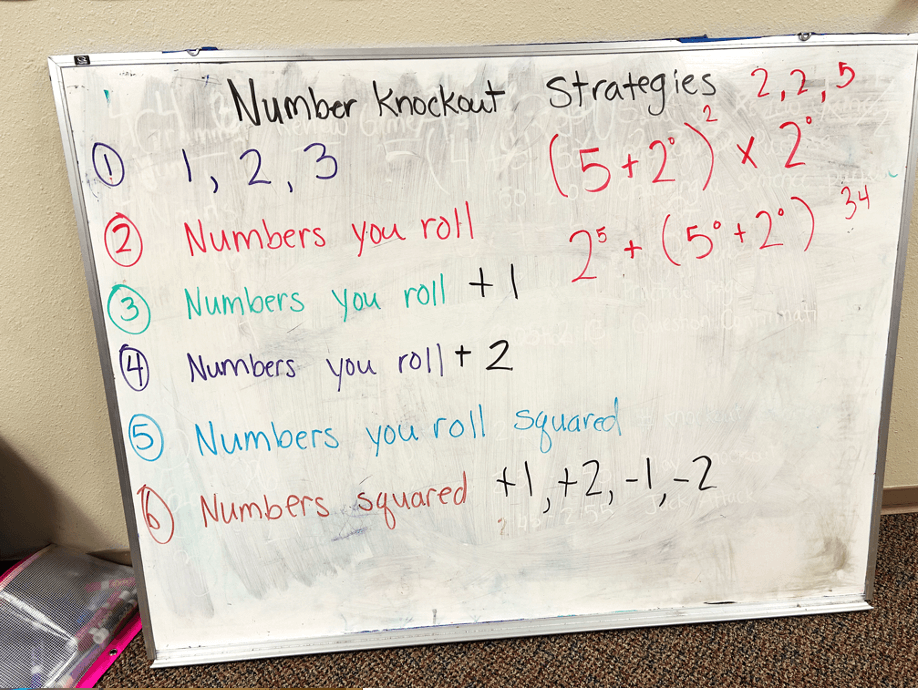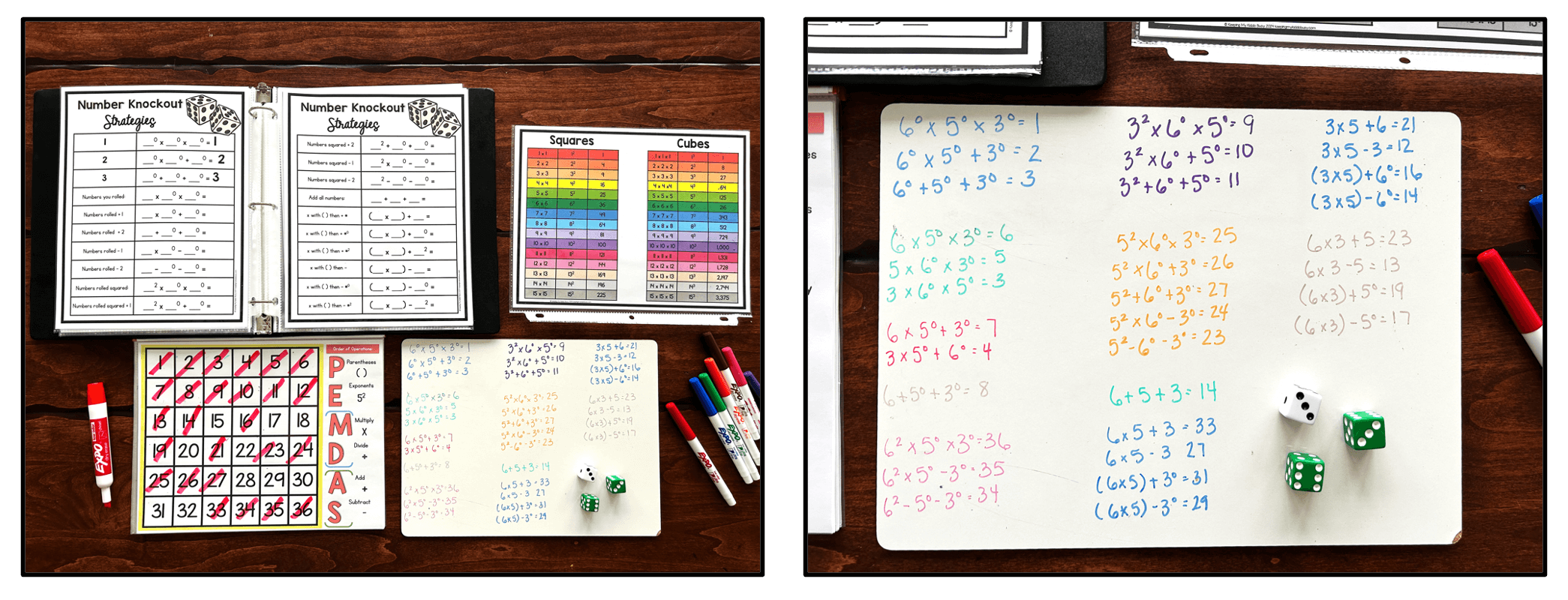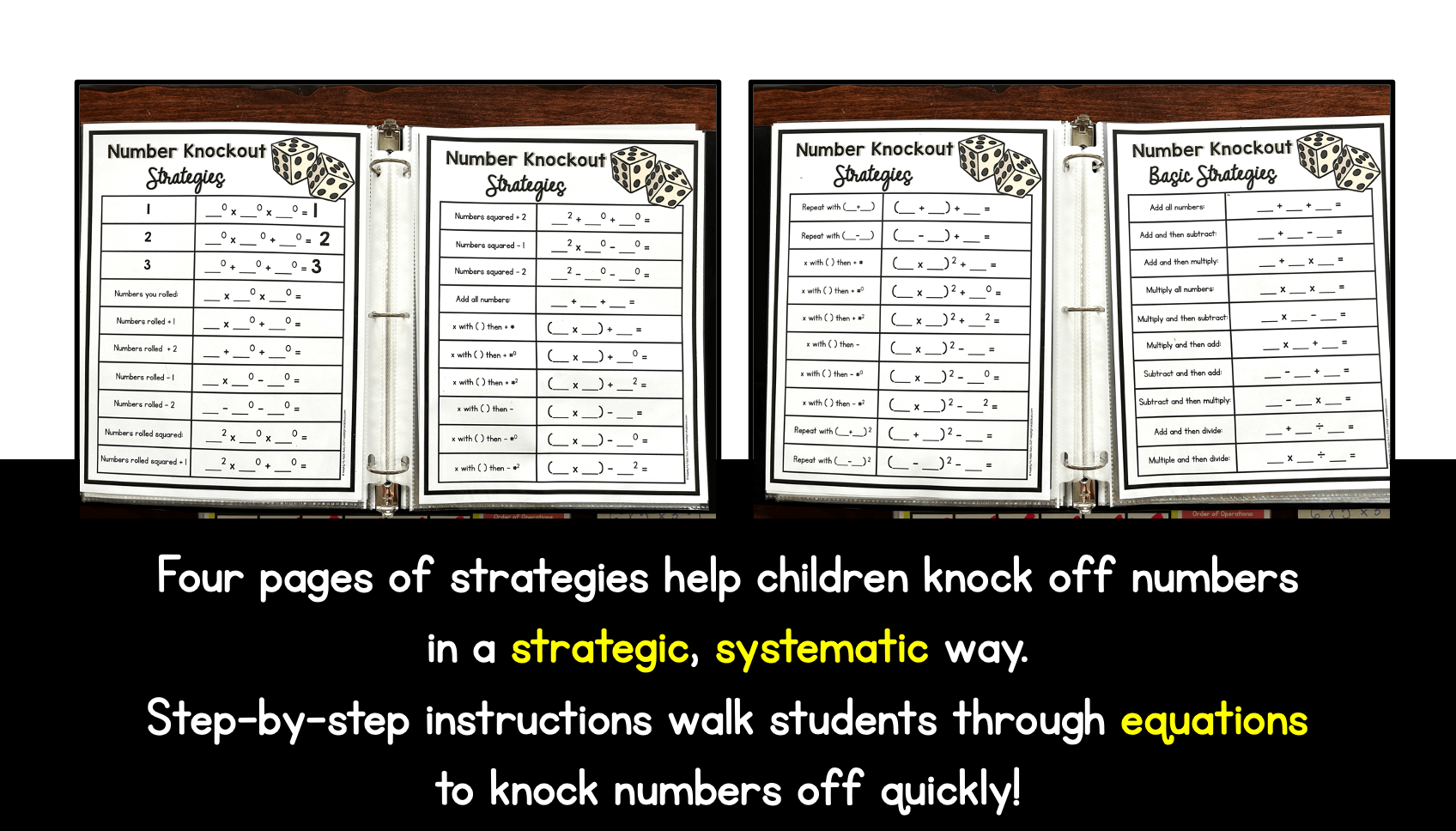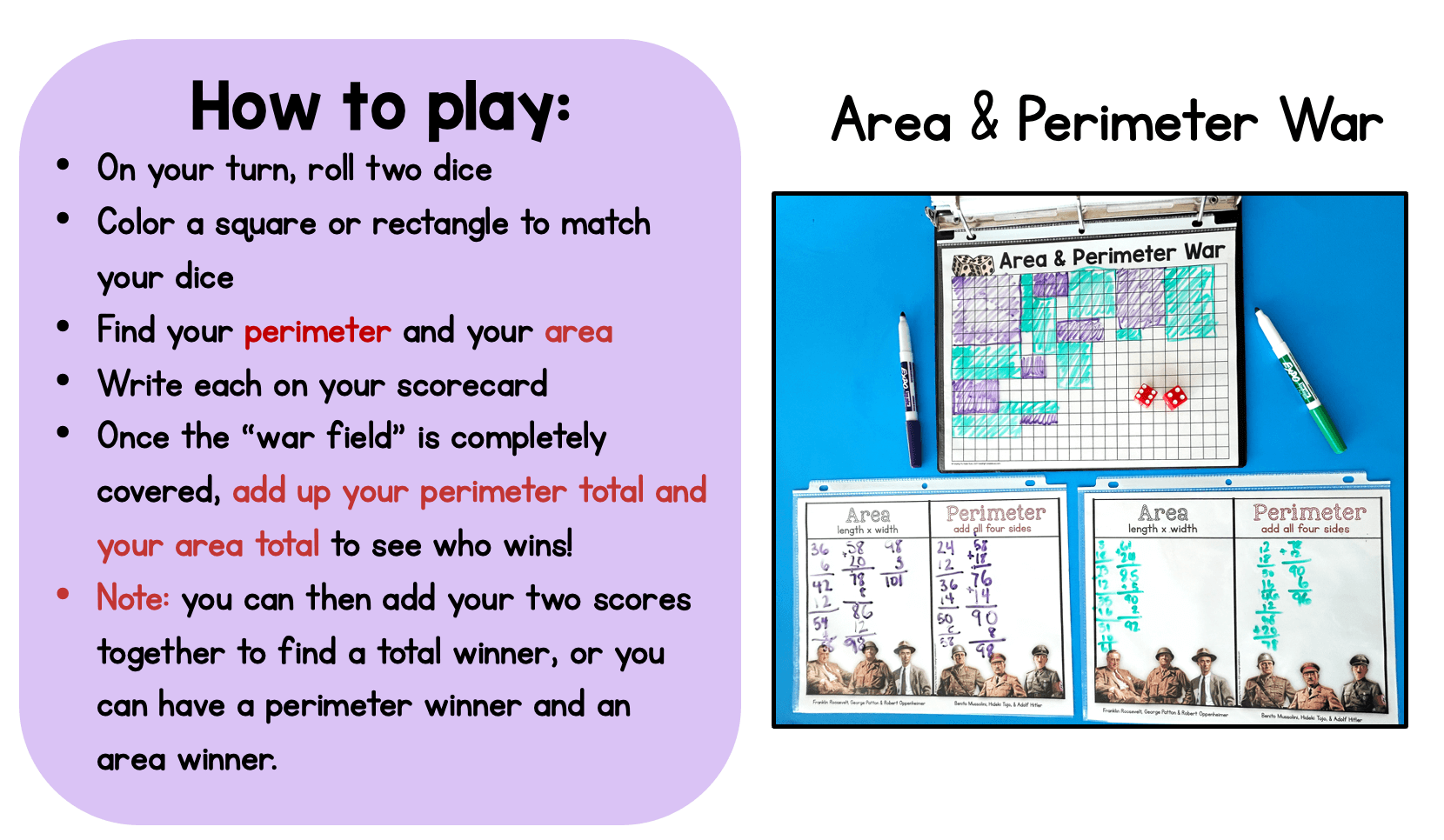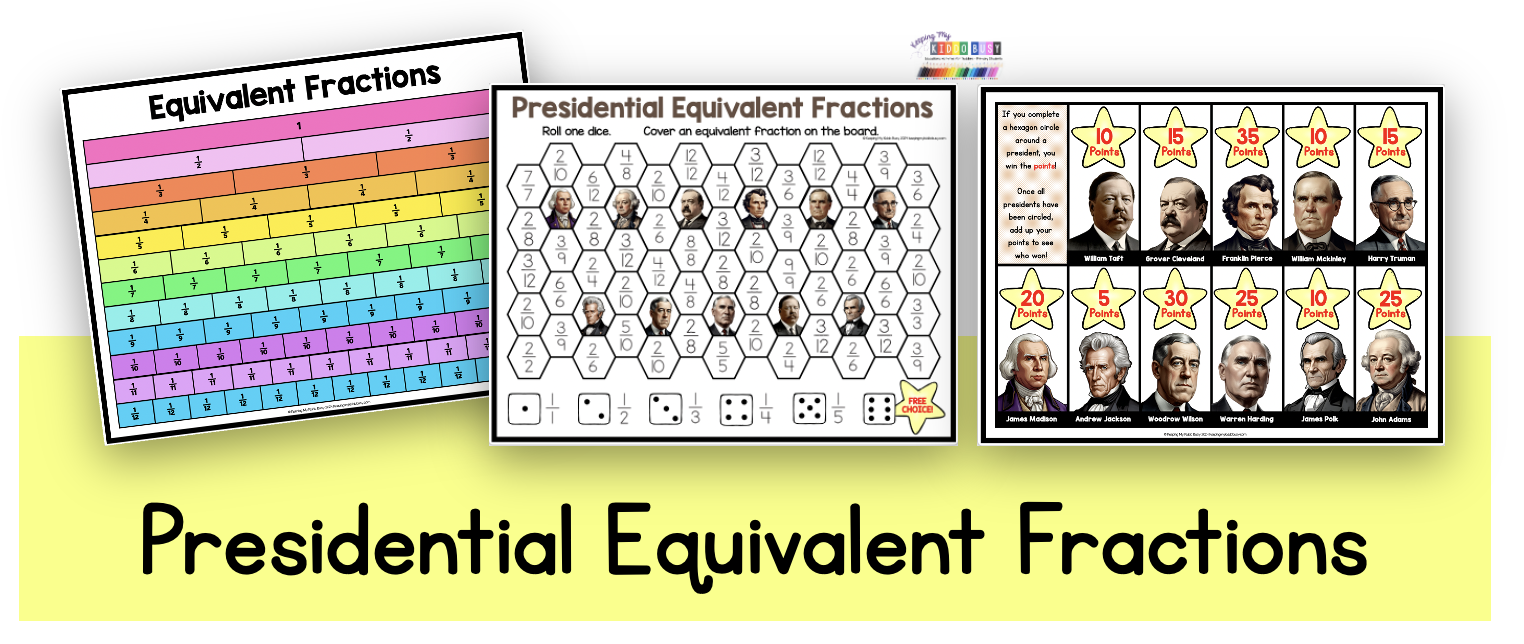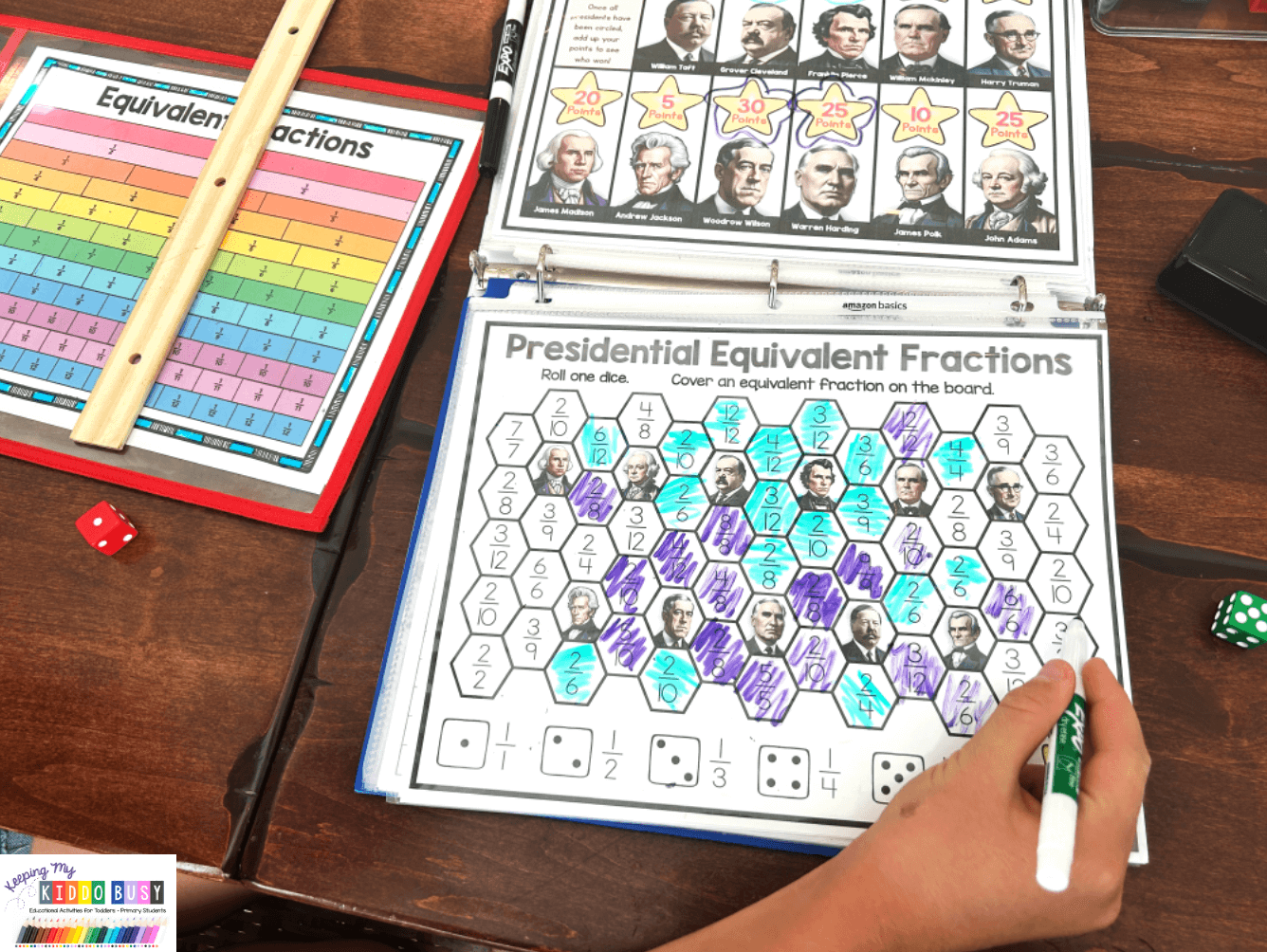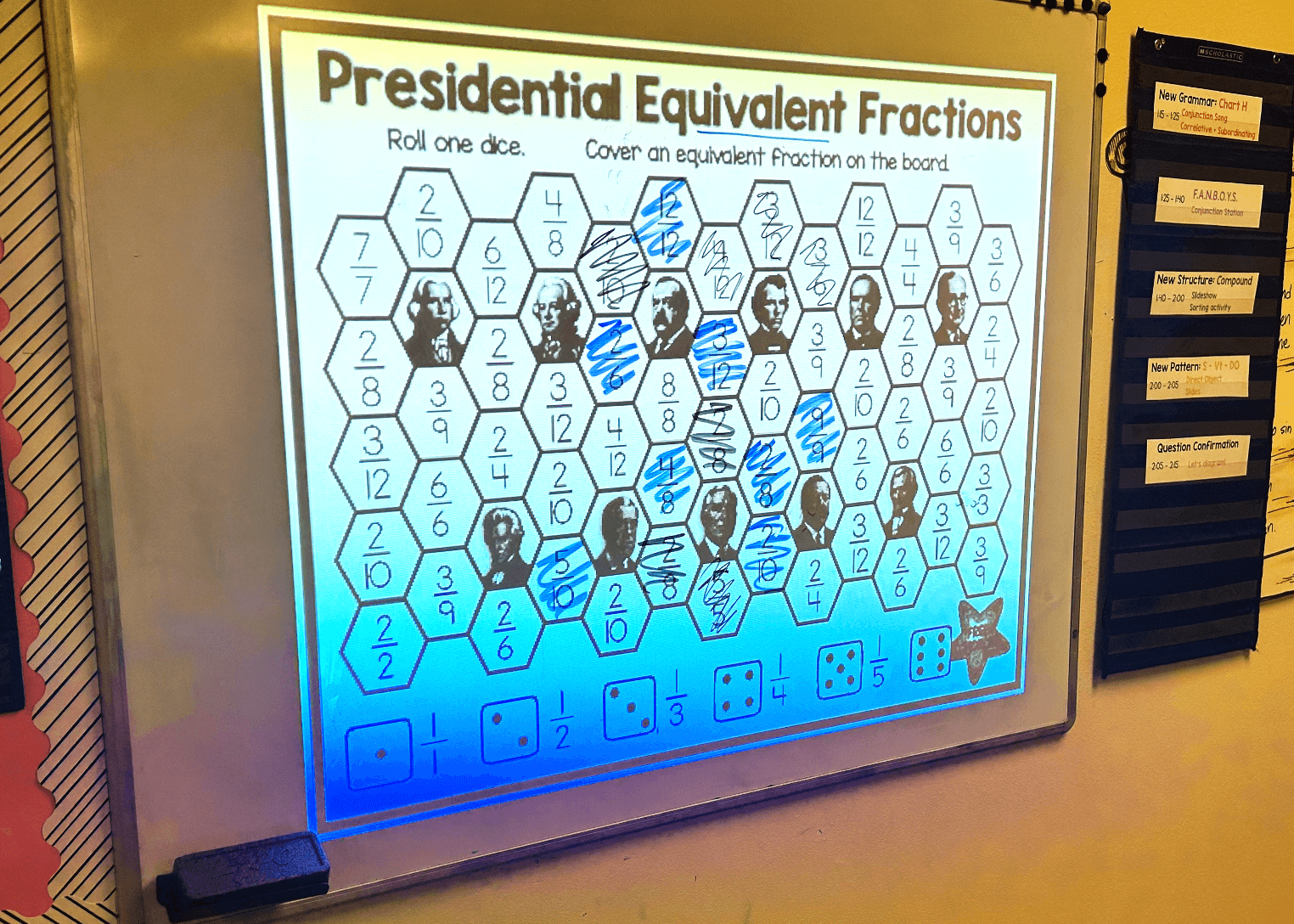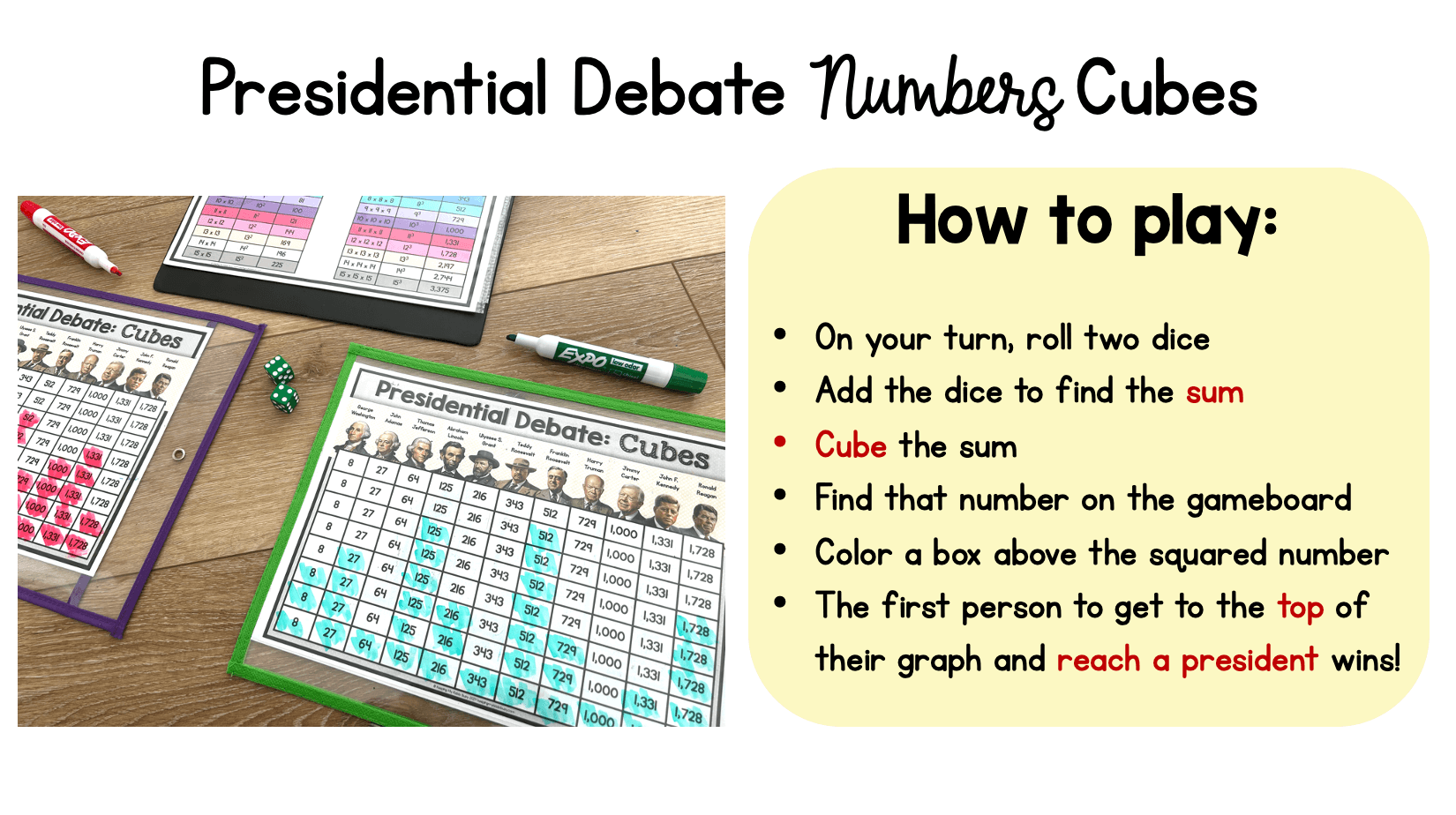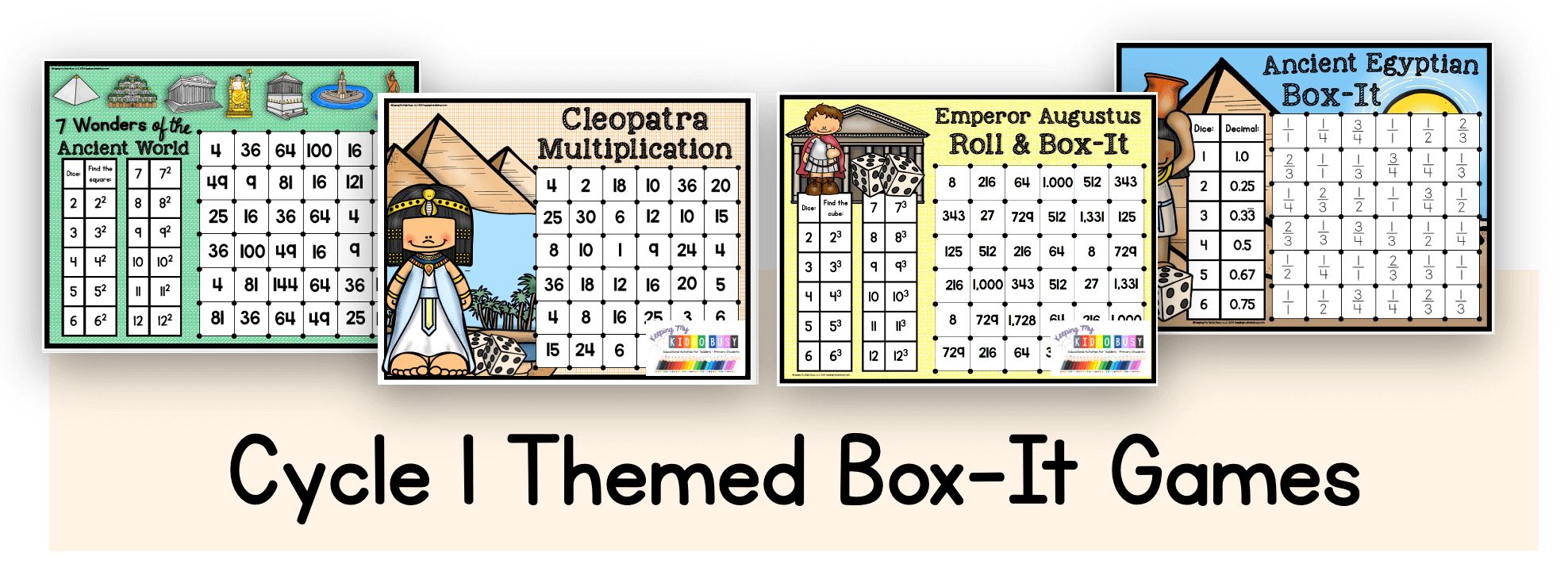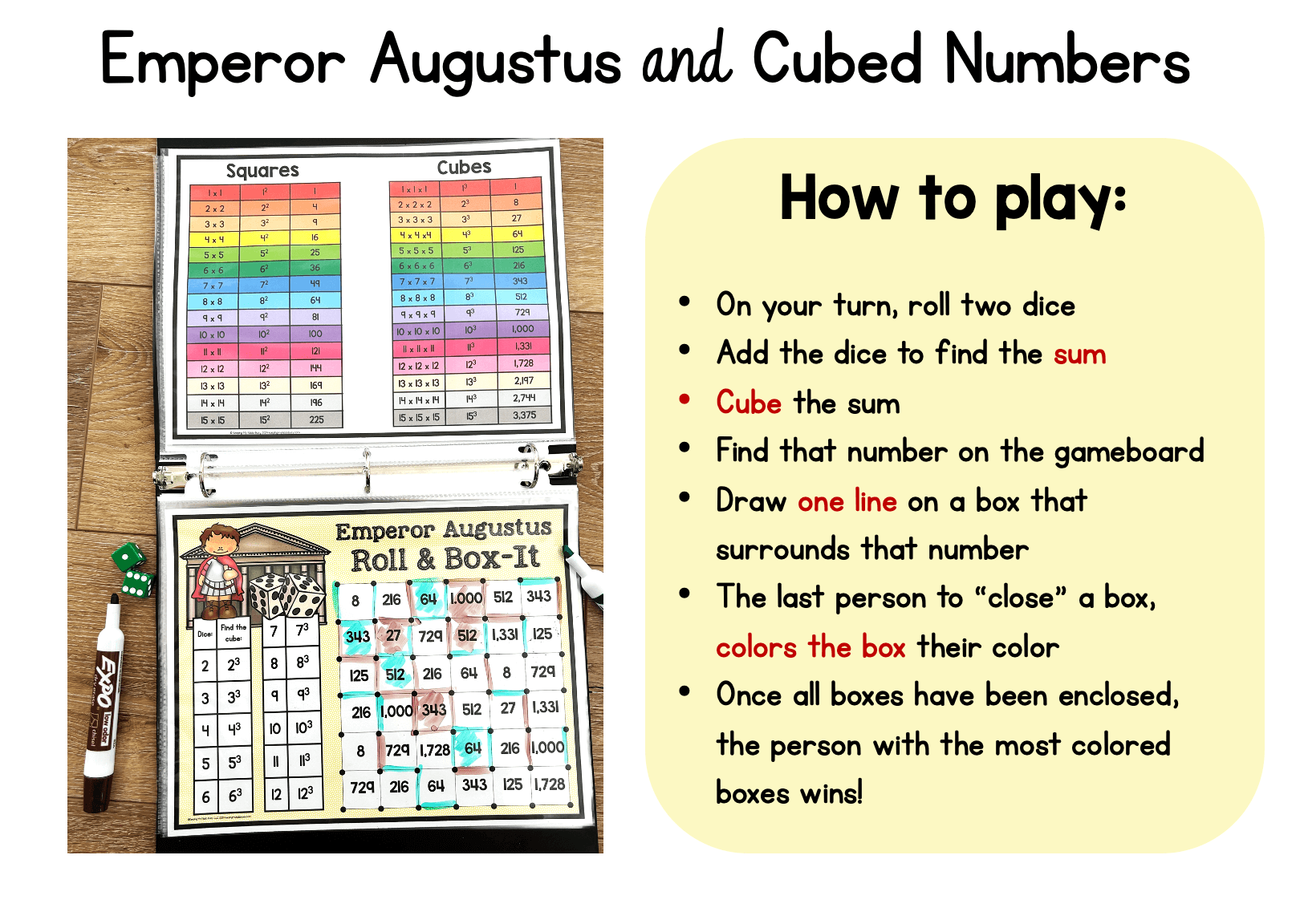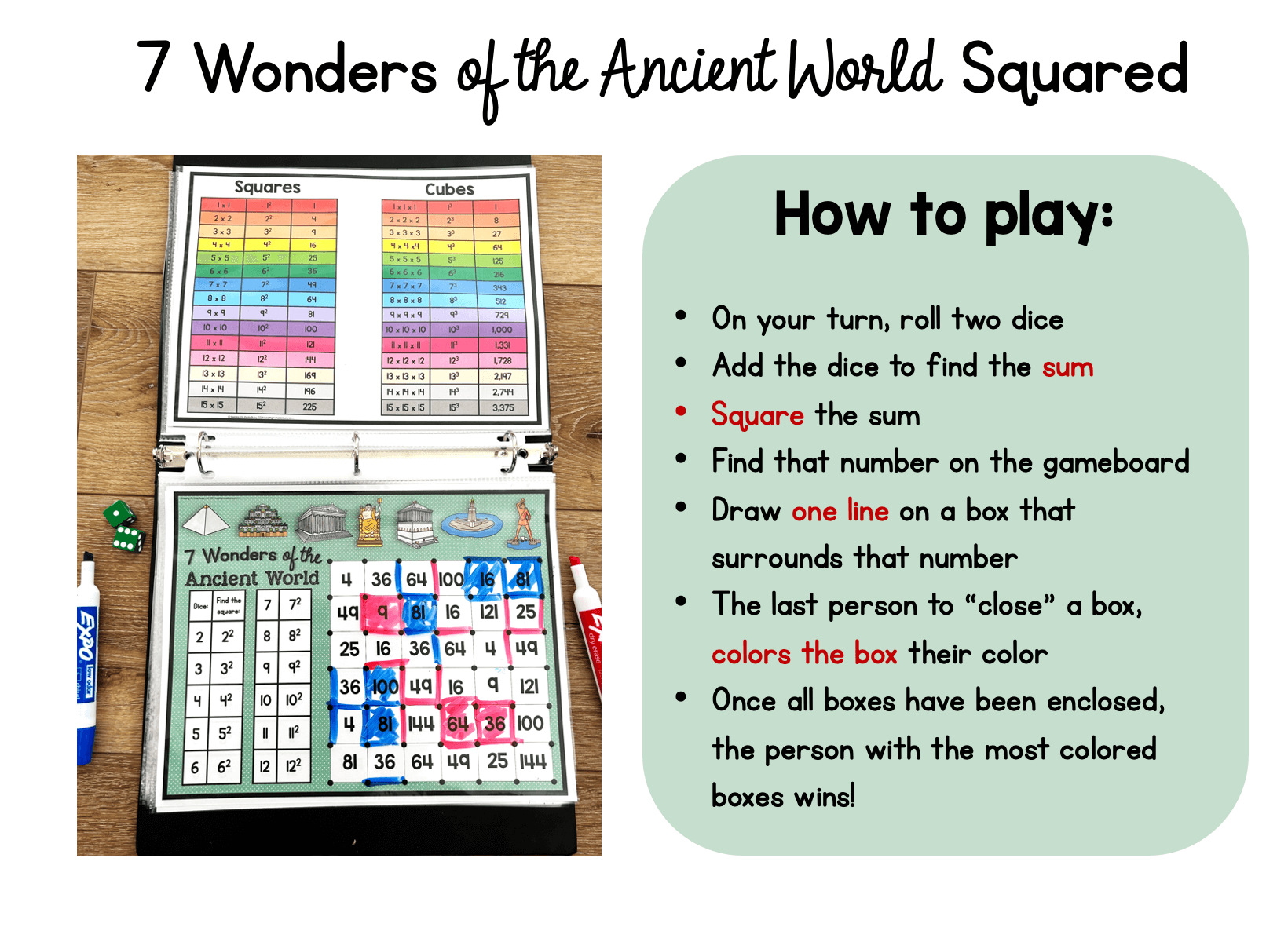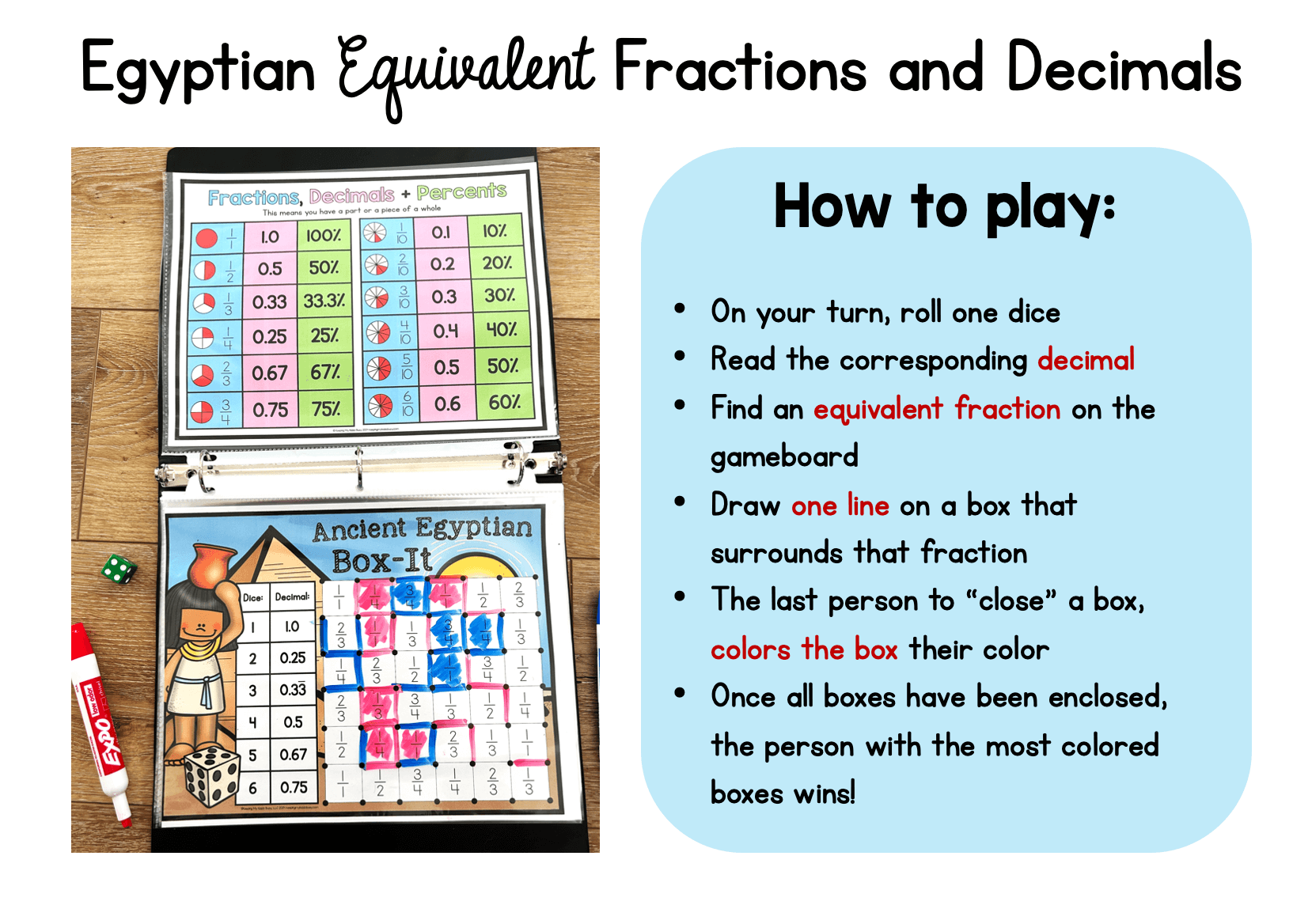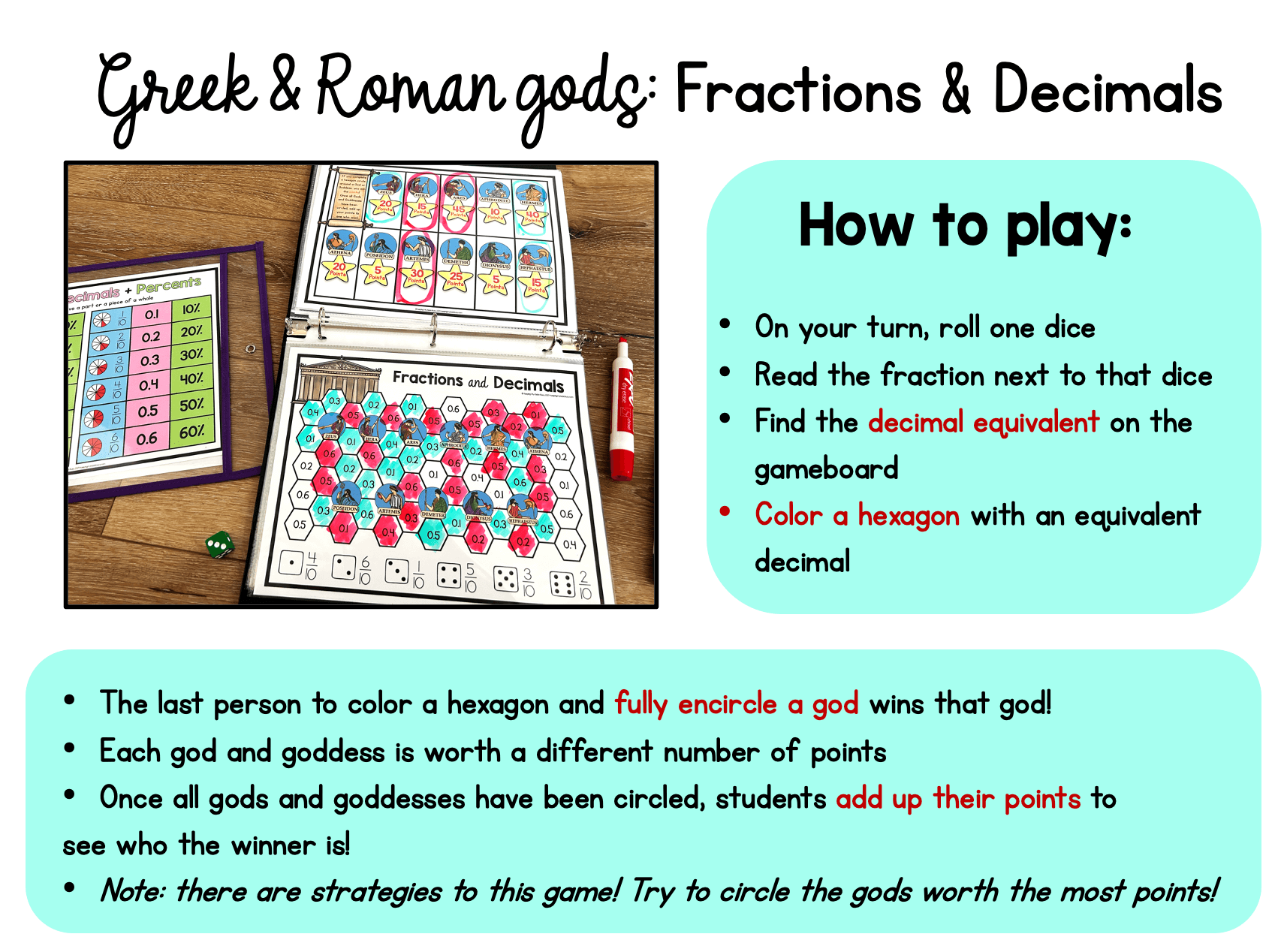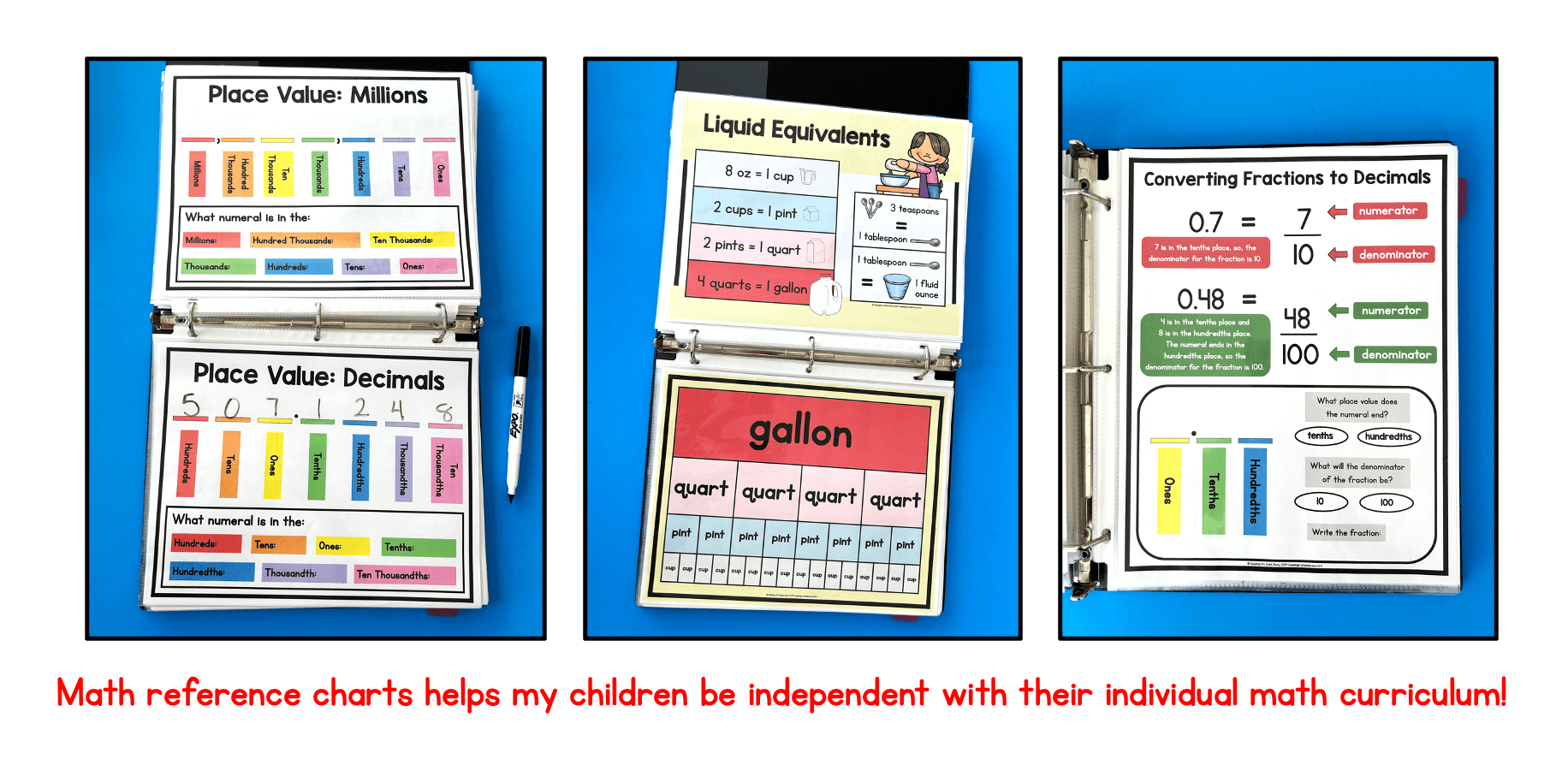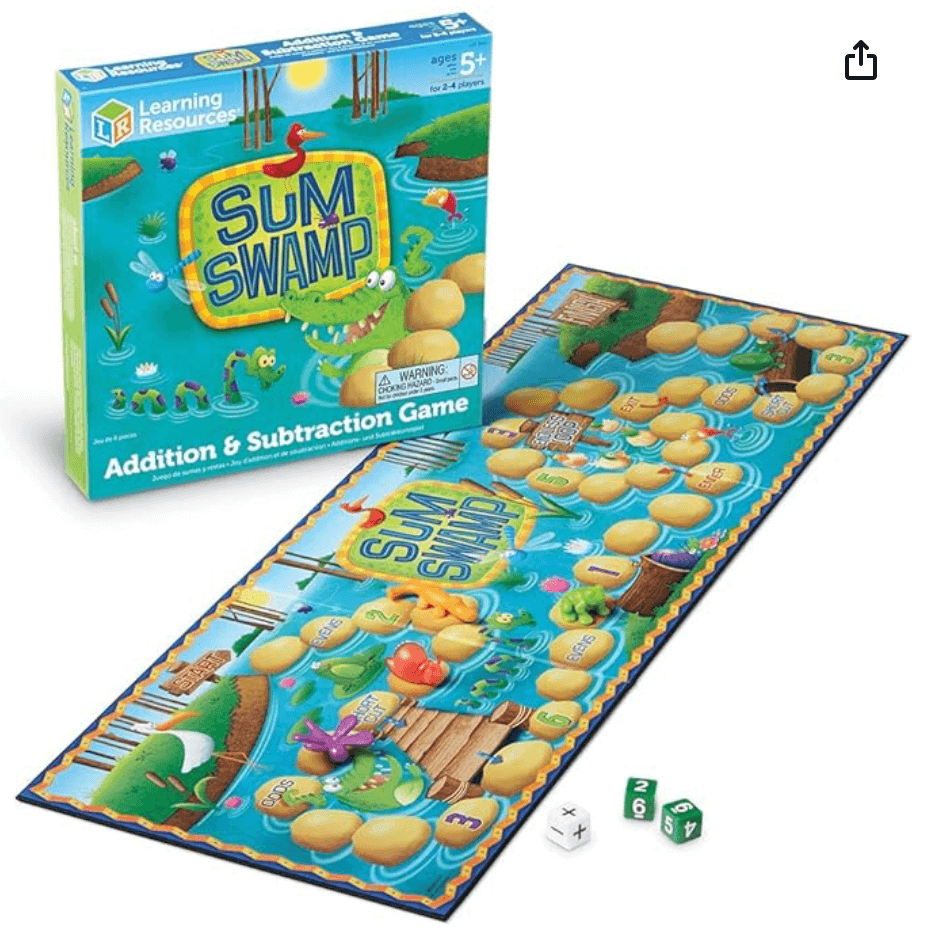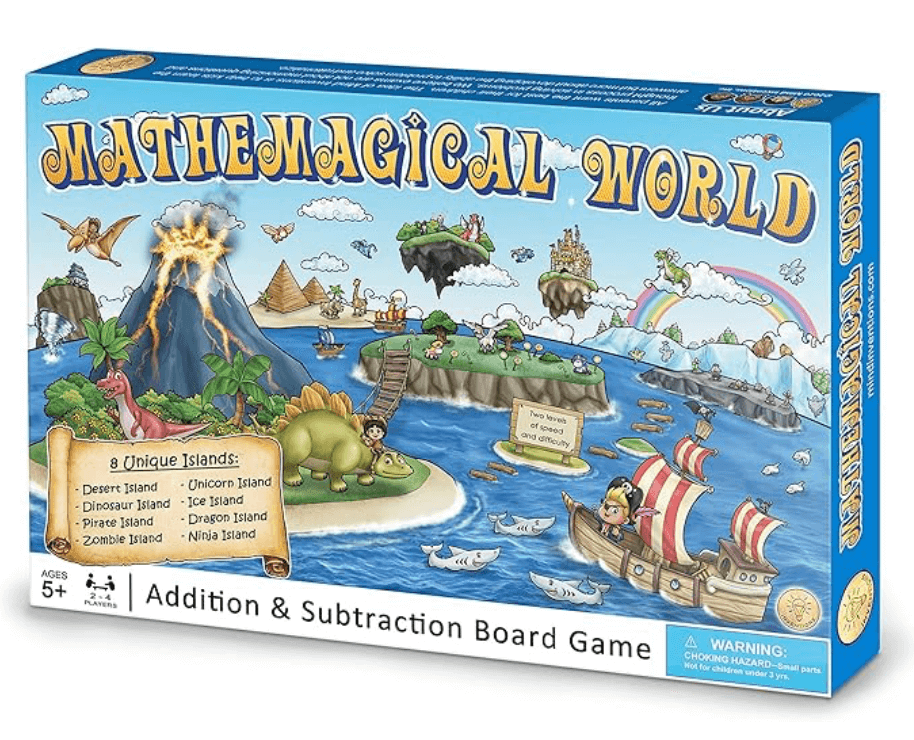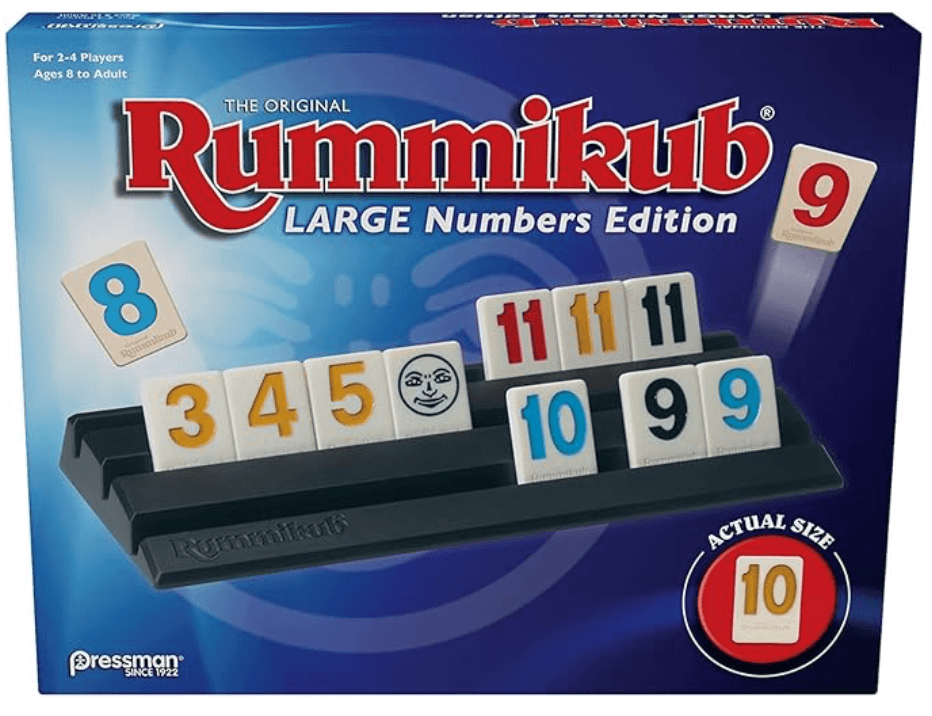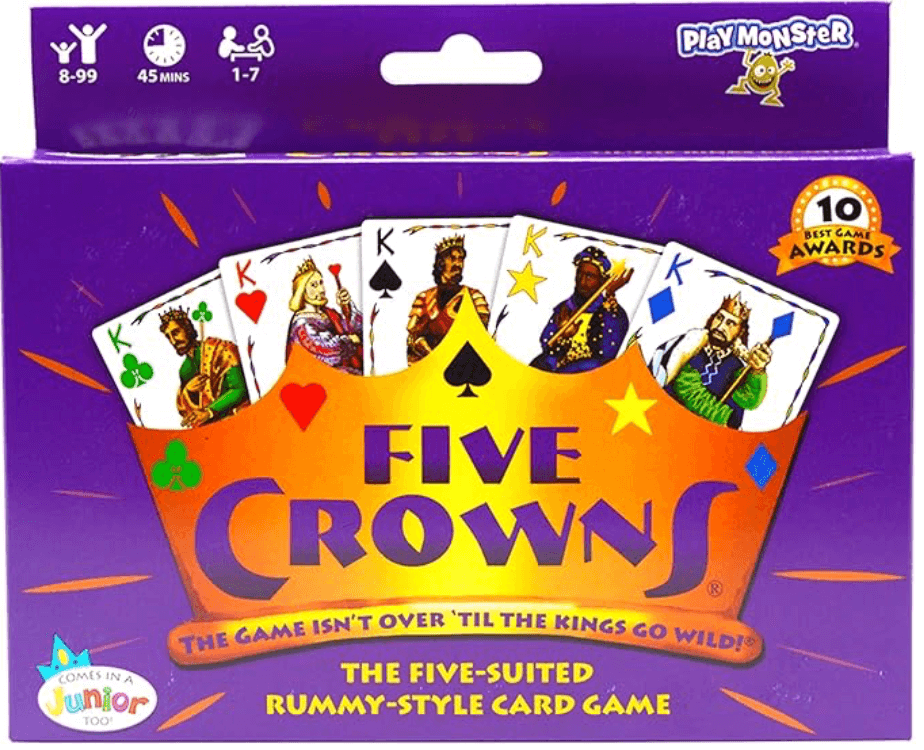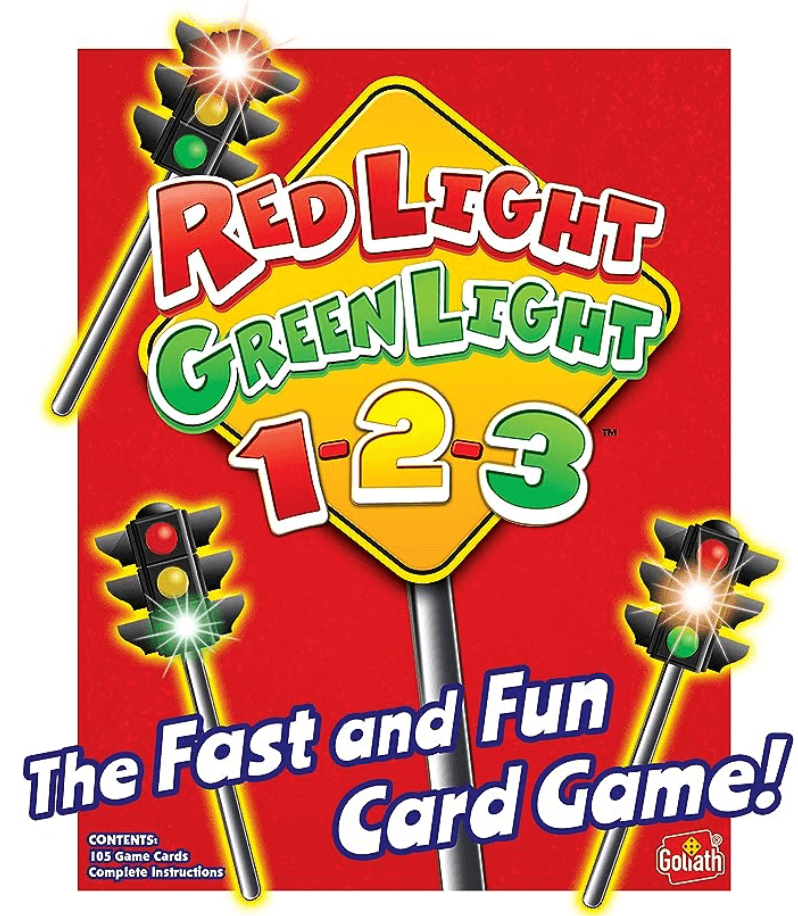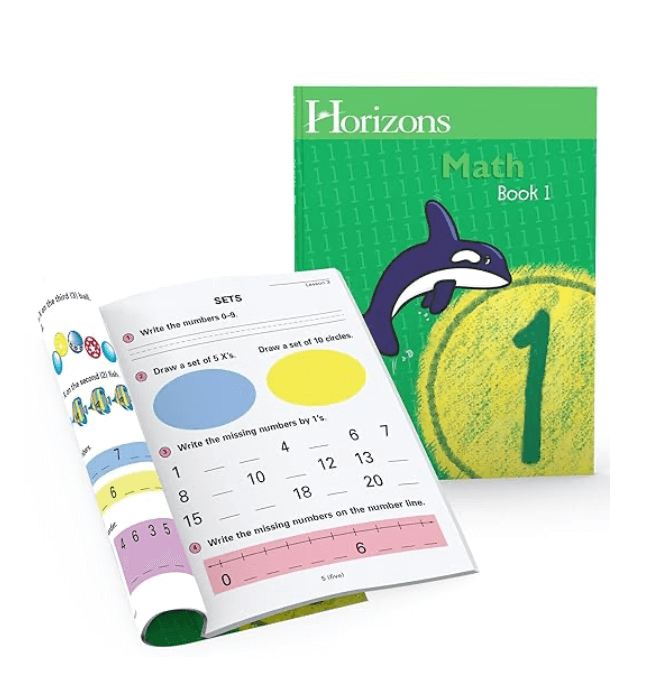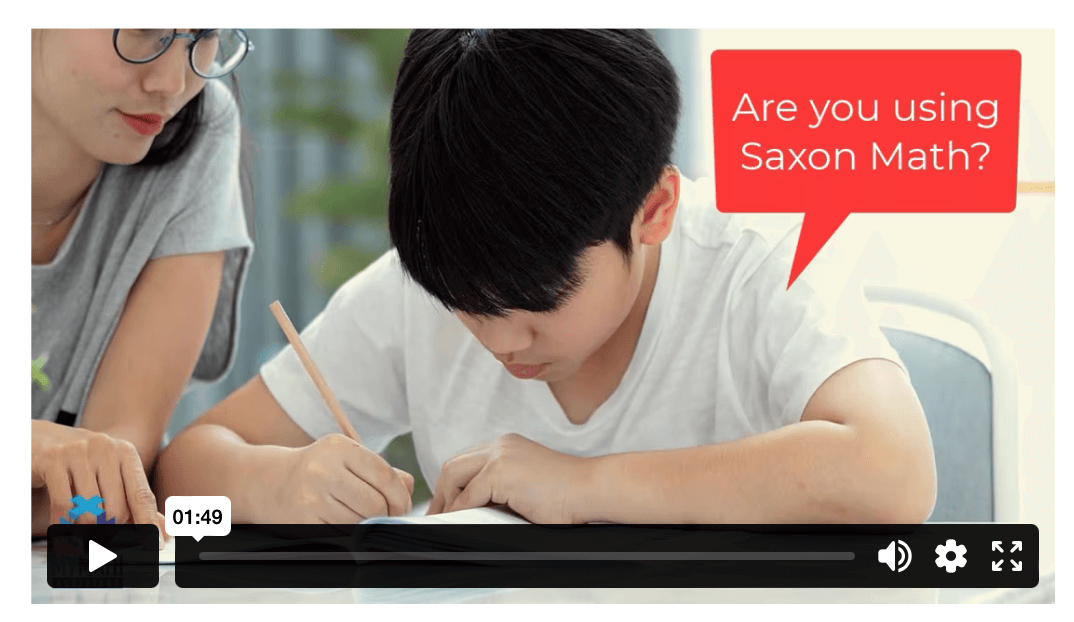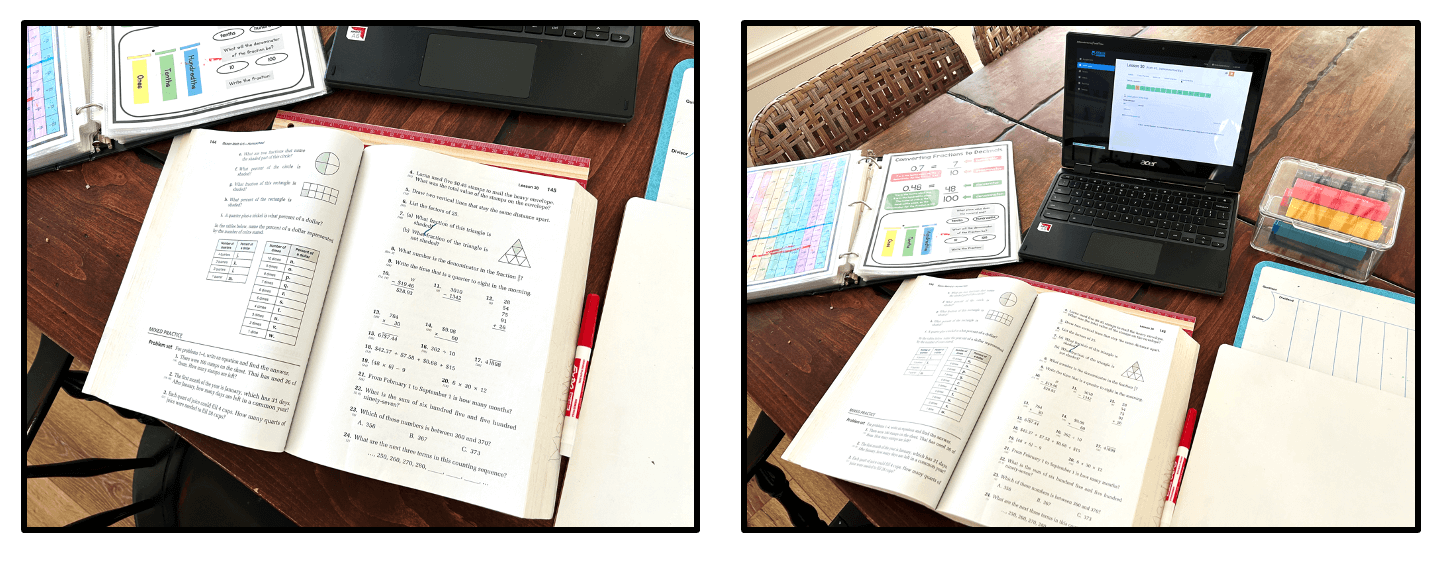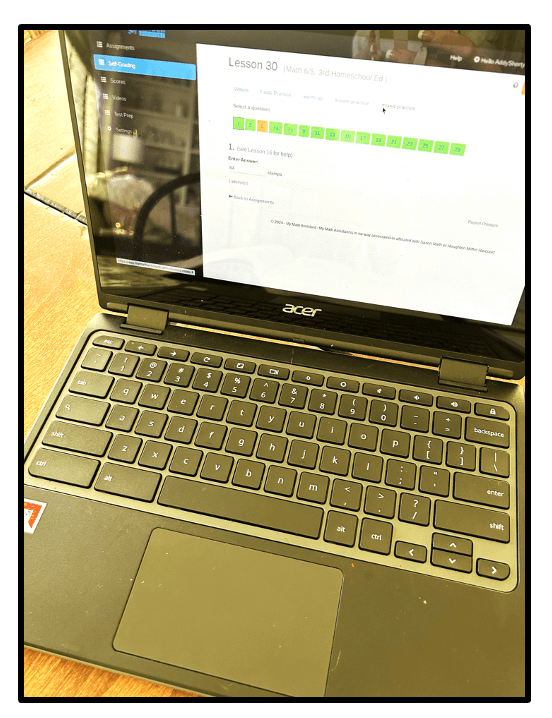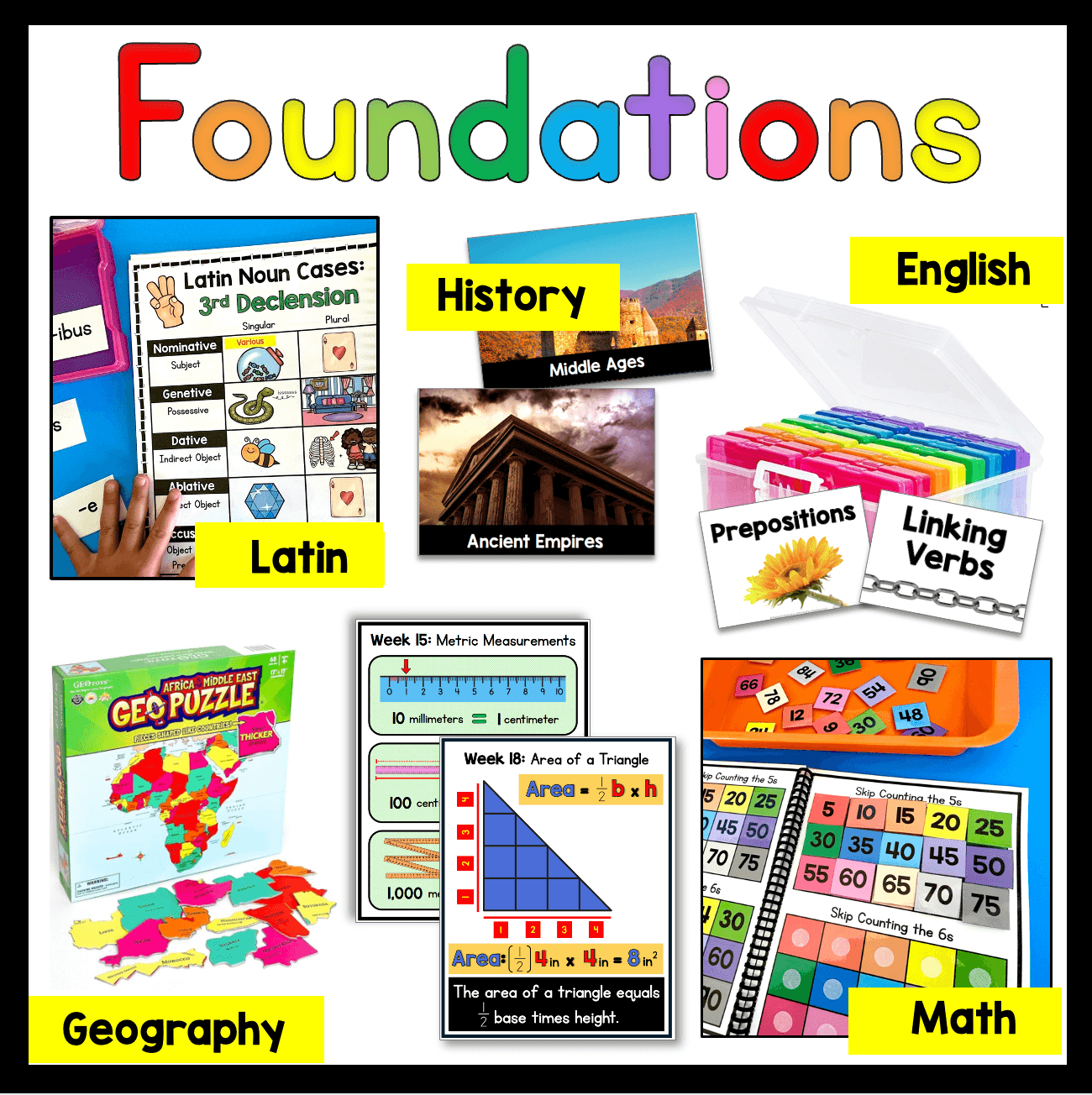Homeschool Math Ideas - FREE Games and Activities
We absolutely love using games in our daily homeschool plans.
They are no prep for me, my kiddos are 100% engaged and it breaks up a tedious, monotonous math curriculum.
On this blog post, I share our family’s favorite math games along with printables games I have created that you can download.
I am also sharing the math games that I have created to use in my daughter’s Classical Conversations Essentials class.
I truly believe that fluency with numbers is the #1 most important math skill children need to master.
Fluency with numbers includes whole numbers along with fractions, decimals and percents.
Can children quickly add, subtract, multiple and divide? Can they quickly convert fractions to decimals and percents in their head?
These are the skills they will be using daily for the rest of their lives.
We use games and daily math binders in our homeschool to master these skills.
Have you heard of National Number Knockout?
Here is a quick video showing how a student can use 3 numbers to “knock numbers off” of the board:
This is an incredible game to:
build fluency with numbers
patterns
equations: addition, subtraction, multiplication, division
using exponents
… and so much more!
I tutor our co-op Essentials for EEL and Math. This class is for for grades 4-6, and we play this game almost every week for 15 minutes in class.
After my first year tutoring math, I realized there are a A LOT of strategies to learn in this game.
These are the first strategies I teach students.
I write them on a board before we play to give children a starting point.
I made a free printable file linked below that can help your student become Number Knockout Masters!
If you want additional strategies and number knockout boards, I have these printables available in my shop!
I cannot recommend this math game enough!
My own children play for 5-10 minutes each day at home, and it has helped them become fluent with math facts, manipulating numbers, recognizing patterns, and understanding numbers.
Here is a list of our basic go-to math games that I play at home with my kiddos and that I use to teach in our Essentials class.
I wanted to switch things up this year and add additional games to focus on key 4-6th grade standards including fractions, decimals, numbers cubed/squared, multiplication, PEMDAS, etc.
Favorite Essentials Math Games for Co-op:
We have been playing them at co-op for years… and they never get old!
Kids can never have too much practice with basic math facts, and the added competition makes these skills so engaging.
I typed out directions and the materials you need for these six games.
I also included a hundreds chart if you wish to use it!
I did decide to switch things up a little this year in math, so I made additional games to target other key 4th-6th grade math skills.
Here are the games I created, and we are having so much fun with them!
These printable games work for all 3 CC cycles. We study the presidents during week 24 of Foundations, and listening to the president’s song is a must!
How to play:
Two students play against each other (different colors)
Each student takes a turn rolling the dice, and then finding an equivalent fraction on the board to color
The goal is to fully encircle a president with hexagons
The person to color the last hexagon around a present gets that president’s points
Each president is worth a different amount of points!
The game is over when all presidents have been circled, and then students add up their points
Note: eventually, some of the equivalent fractions will all be colored. If a student rolls a number and all equivalent fractions have already been used on the board… they lose that turn.
Tip: students have their equivalent fraction helper in front of them to help them if they do not have them committed to memory yet.
The more they play, the more fluent with equivalent fractions they become!
I am so thankful that we invested in purchasing a projector for co-op.
It makes it so easy to show students our games, and I use teaching slides for our EEL lessons.
This makes it easy to play whole-class number knockout too!
I just project the board on to a white board.
These two games help student apply what we learn in our Foundations memory work!
Simply print and slip into page protectors and you’re ready to play!
Squared and cubed numbers are part of our weekly memory work with Classical Conversations.
I wanted my kiddos to practice squares and cubes without singing the songs.
Squared Roll & Box It:
Two students play against each other using different color markers on the same gameboard
Take turns rolling two dice
They find the sum of their dice and then cube that number
They find the squared number on the game board and draw one line that touches that number
Whoever finishes closing a box gets that square
After all boxes have been enclosed and colored, students count up how many boxes they got!
Presidential Cubes:
Two students play against each other and race to the top!
Each student needs their own gameboard
They take turns rolling two dice
Students add the dice together, and then they cube that sum
They color the cubed number on the presidential graph
Whoever reaches a president first…. wins!
Tip: I print the cubes/squares sheet for students if they do to have these numbers mastered.
Play these games a few times, and children will have squares and cubes mastered in no time!
Note: print a cubed debate game mat for each player.
Bundle includes: presidential equivalent fractions, numbers cube presidential debate and cubed box-it!
We love Box-It games!
The ancient history games make it so fun for students, and they love the new look of these games to practice squares, cubes, multiplication facts and fractions/decimal equivalents.
All you need is two dice, and I slip these printables in page protectors.
Students play against each other, and the student who draws the last line to complete a box gets to color that square and earns point.
4 games teach these skills:
Multiplication facts with numbers 1-6
Converting fractions to decimals: 1/1, 1/2, 1/4, 1/3, 2/3 and 3/4
Numbers 1-12 squared
Numbers 1-12 cubed
We also love learning about the Ancient Greek and Roman gods, so these games are fun to practice both math skills and the names of gods and goddesses.
Just like the Presidential Equivalent Fractions game, students try to fully encircle a god or goddess to earn points, but this time we are converting fractions with a denominator of 10 to decimals.
At co-op, I give a brief mini lesson on how to correctly say decimals:
0.5 = zero and five tenths ; 0.2 = zero and two tenths ; 0.3 = zero and three tenths
Automaticity with fractions and decimals is a key standard for 4-6th grade students, and this is so helpful!
Math Helpers for 3rd - 6th Grade:
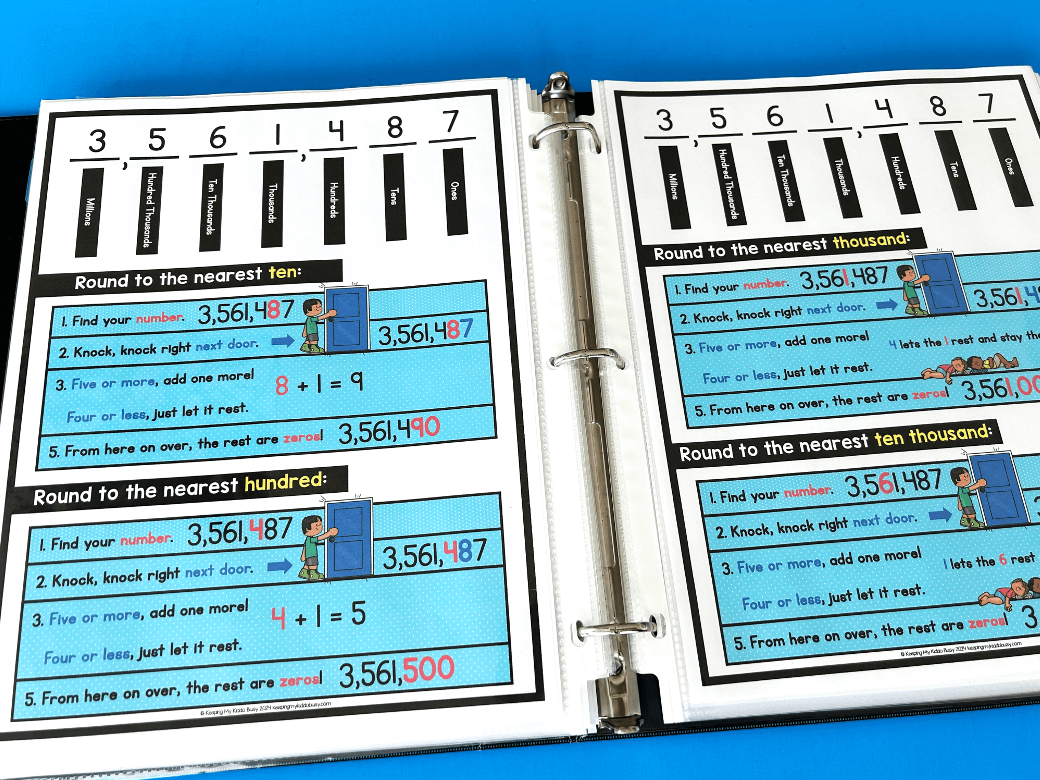
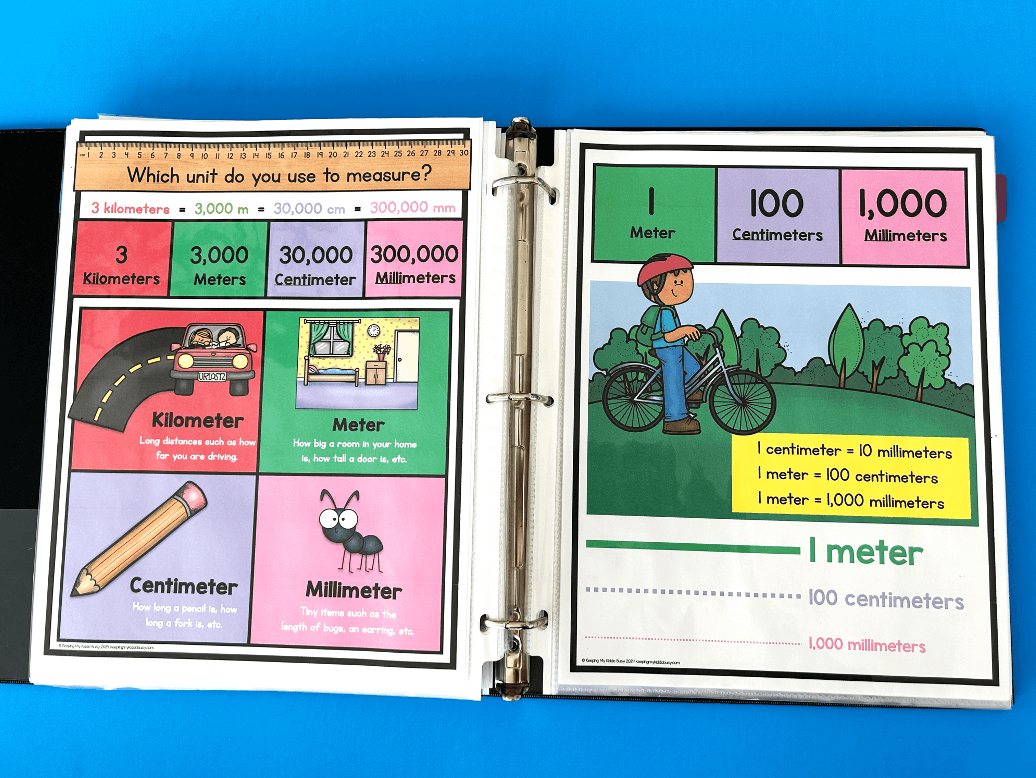
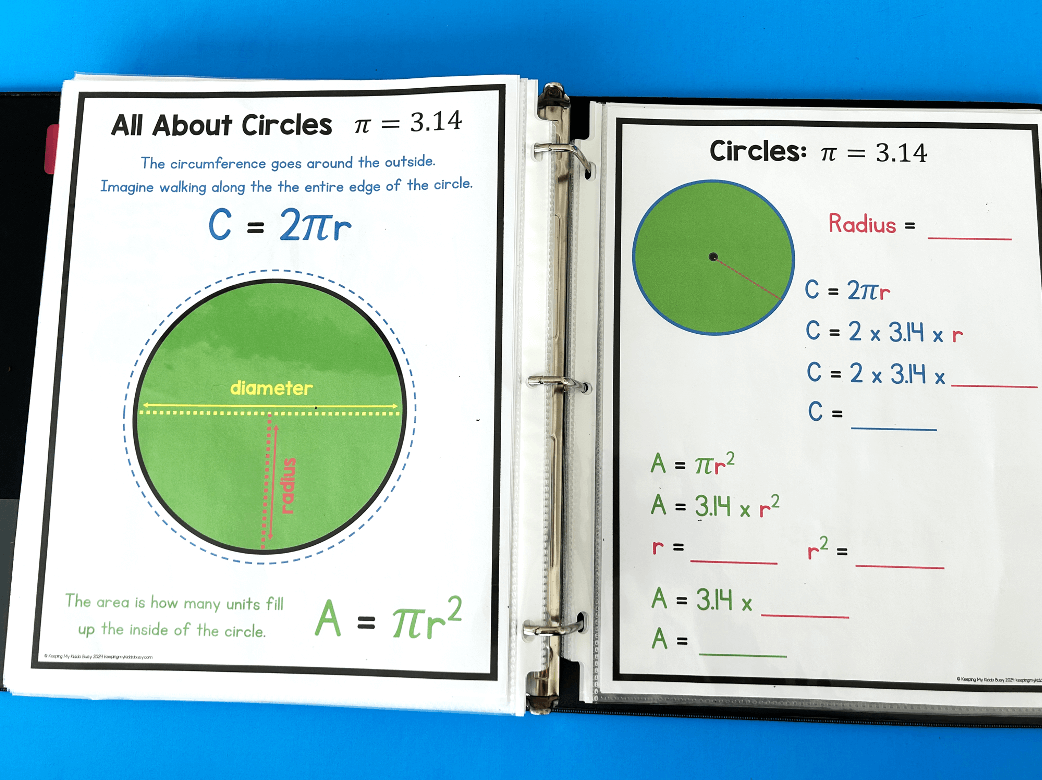
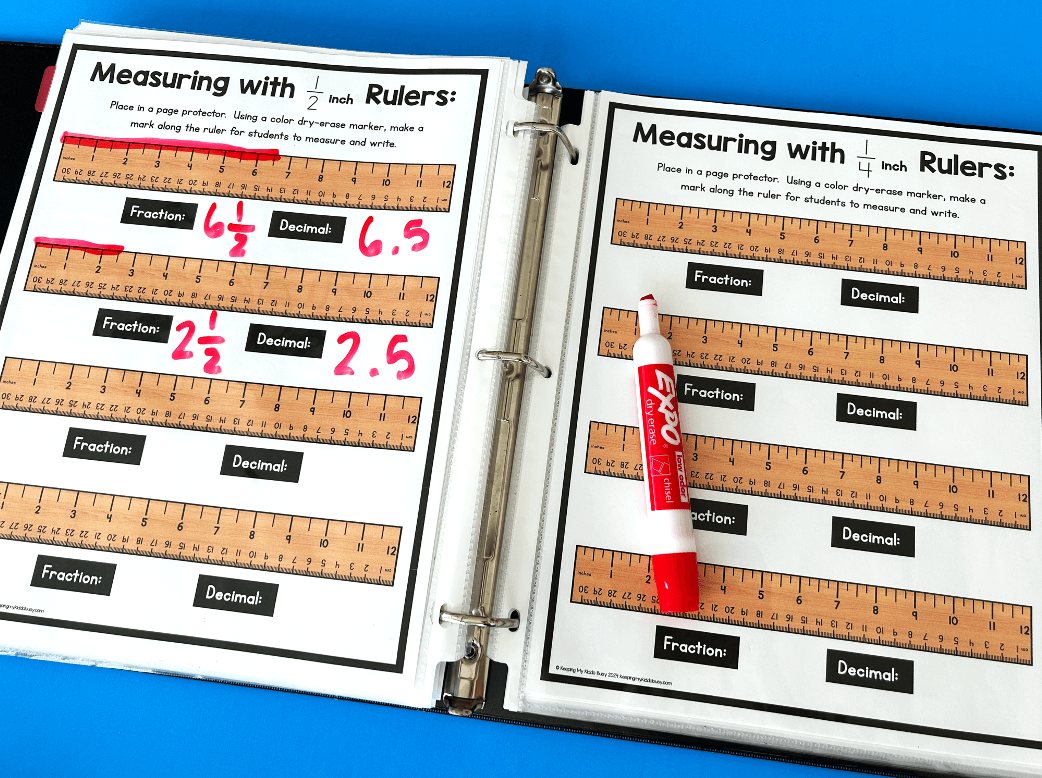
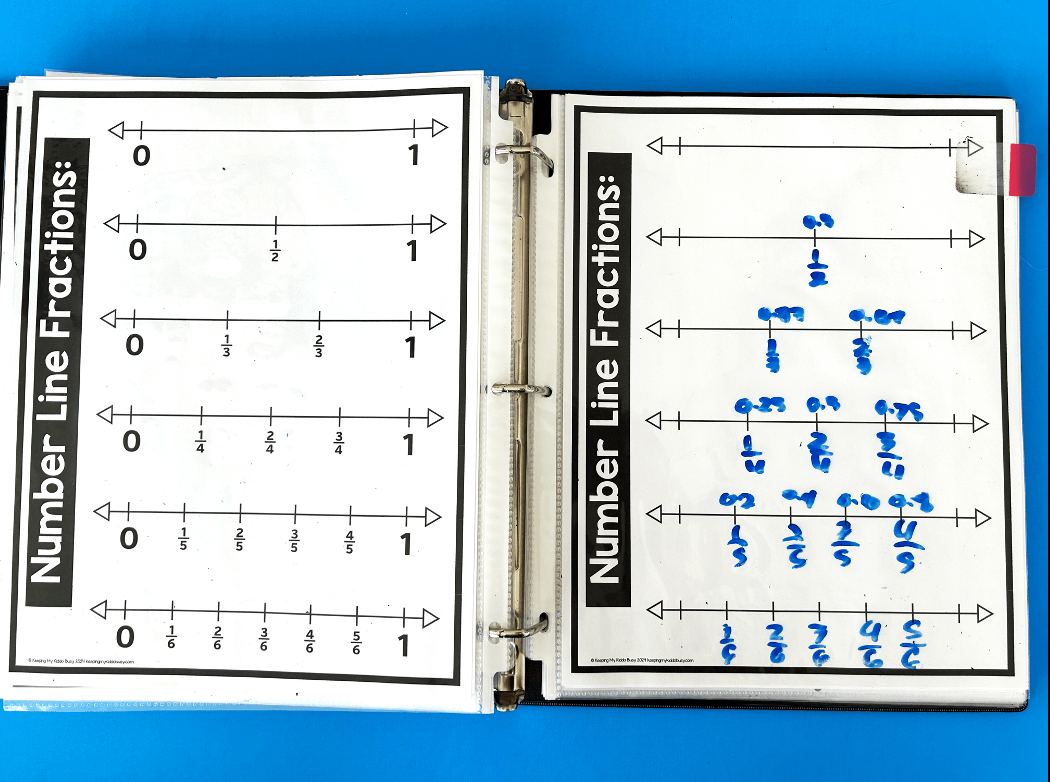
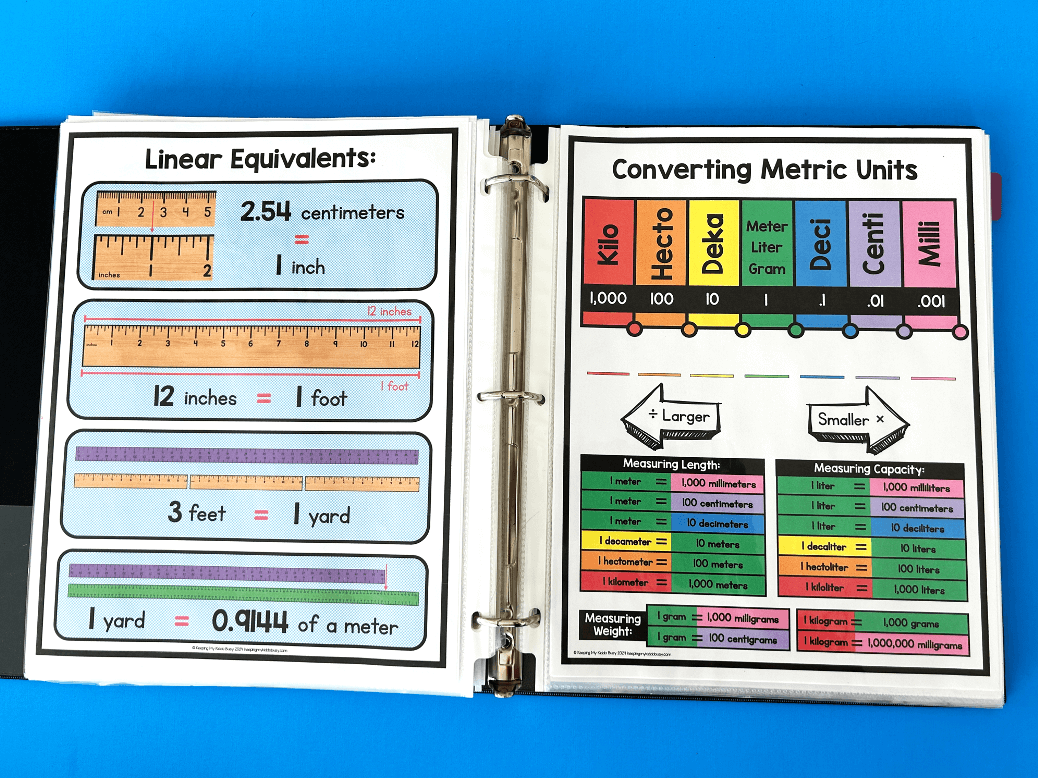
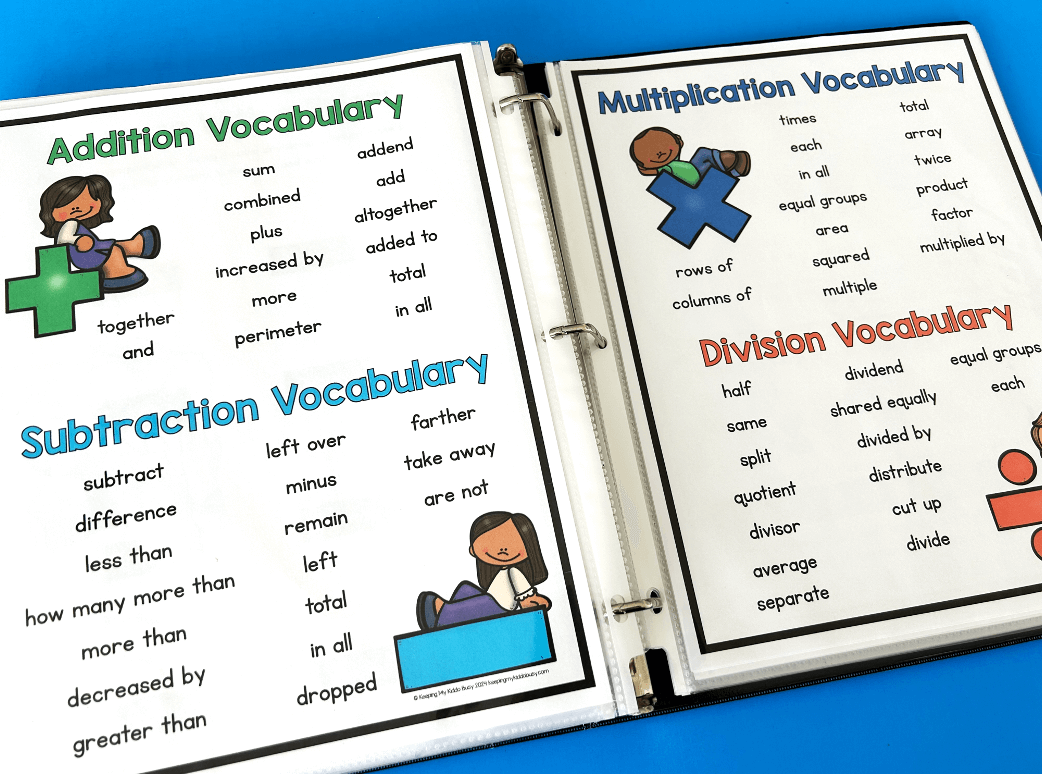
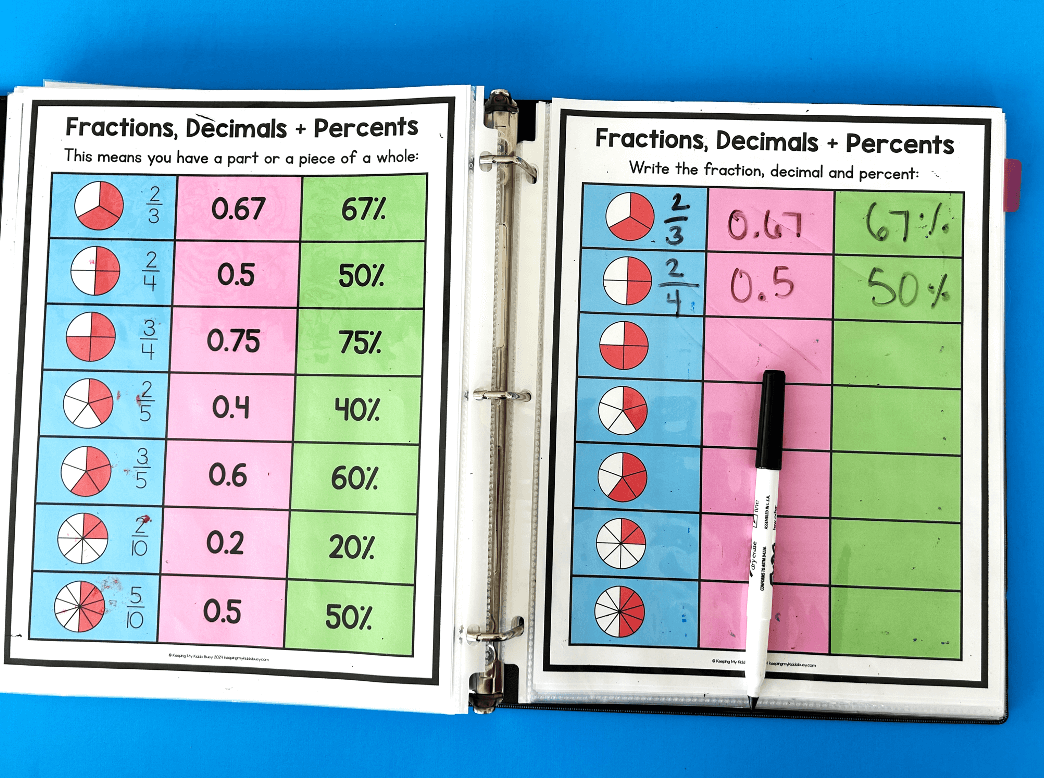
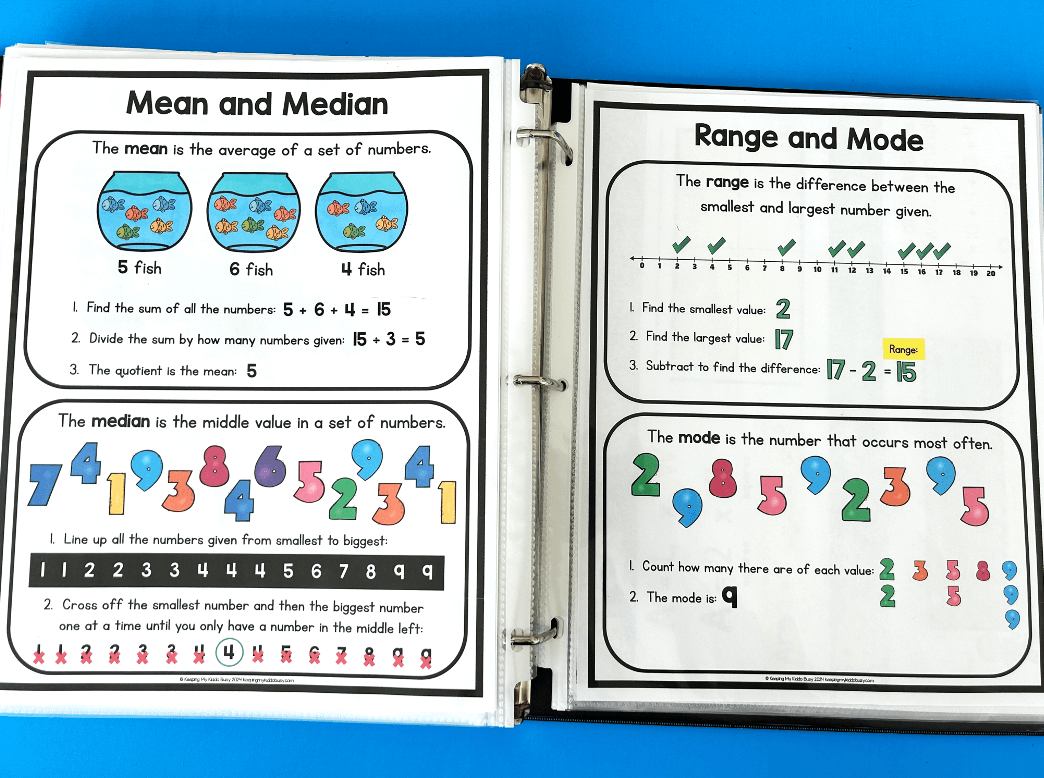
I made these math binders for my children to help them be more independent.
Some practice skills I felt were lacking in their curriculum, and some printables walk them through how to solve specific problems.
Having my kiddos be able to “look up” certain vocabulary words and practice specific skills on a daily/weekly basis has proven invaluable!
If they are doing story problems, I turn to the math vocabulary page.
It they are finding mean, median, mode and range, I simply tell them to find those charts.
If these would be helpful for your child, I now have them available in my shop!
Daily Math Memory Work Binders:
Part of our daily math routine is our Classical Conversations Math Memory Work.
After years of teaching my children the 24 weeks of math concepts, I finally created visuals and weekly activities for them to practice these skills.
I made the videos below to show the two options:
Math Binders for children ages 8-12
Math Activity Books for children ages 4-7
Math Binder: Ages 8-12
Math Activity Book: Ages 4-7
The Math Binders pages are no prep for you… simply slip the pages into page protectors and children write the answers.
The Math Activity Books require laminating the moveable pieces.
Since these are geared for younger children who may not be ready to write the answers.
I also have a money-saving Math Bundle HERE for mamas who have multiple kiddos.
I wanted additional skills for my older girls to practice as part of their daily math, so I added these pages to the math binder.
They are a FREE bonus when you purchase the Math Binder.
Try a few weeks for free!
You’ll love how easy it is to master all 24 weeks of our CC Math memory work!
If you do not have a Teachers Pay Teachers account, you can create a FREE account to download resources from my shop.
Let’s dive into our favorite games!
Switch up your homeschool days, use these games at your community day co-op, or make some popcorn for family game night.
We absolutely love using these games to bring joy and learning into our home!
I also love to use games to spend 1:1 time with my kiddos during our school days.
Here are some of our favorite games that also teach key math skills.
Quirkle: an absolute must have for family game night! I would suggest ages 6 and up, and we have so much fun with this game. We make shape and color patterns to score points, and this works on so many skills!
Sum Swamp: my son learned all of his basic addition and subtraction facts 2-12 with this game. This is such a cute game, and even my big kids love to play.
Mathematical World: this is a step-up from Sum Swamp and teaches addition and subtraction through 20. It is the same concept as Sum Swamp. If my girls finish their school work early, I have them play with my son.
Pay Day: all four of my kids will play this together. It teaches so many skills and concepts having to do with money.
Farkle: I play this game all the time with my 8, 11 and 13 year old daughters. I love that it works on adding with increments of 50 and 100. It is perfect for our game night and my kiddos are hilarious when it comes to taking chances and rolling the dice.
Mantis: all ages can play, but my 6 and 8 year olds especially love this game. Kiddos match colors to “steal” or “score”. The first person to ten wins!
Proof: I love this game for mental math for older kiddos! It incorporates square roots and division, and the more you play, the more fluent your kiddos will become.
Rummikub: this game is an all-time family favorite! We always play this game with cousins and grandparents. Similar to the card game rummy, the goal is to make runs and sets to use all of your tiles.
Play Nine: another family favorite… this game works on so many strategies and math skills including basic addition and subtraction. It also has an element of chance and taking risks, so everyone loves to play!
Five Crowns: this game is a little bit more advanced, so my 6 year old will play on my team when we play this. It is a version of rummy that everyone loves.
Pop for Addition and Subtraction: I make this game part of our school day! I have my three youngest kiddos play together when we need to switch things up.
Math Match: I use this game in the same way… we love switching up our days when we can’t quite get to a math lesson.
Red Light Green Light 1, 2, 3: I played this game all the time with my son when he was 4 and 5. It teaches basic counting and patterns. Quick and easy, and I kept this one in my purse to play at restaurants and appointments.
Math doesn’t have to be frustrating, overwhelming or boring.
The more you can incorporate games into your homeschool plans, the easier math will become for both you and your kiddos!
I created so many math games, worksheets and activities when I taught kindergarten in the classroom.
I share them all in five units on my kindergarten math homepage!
Math curriculums we use for homeschooling:
When my girls reached first grade, I started using Horizons math with them.
I’ve been very happy with their program!
Their pages are colorful, easy to follow and do a great job at both consistently reviewing skills to teach to mastery as well as slowly introducing new concepts.
My oldest did very well with Horizons through 5th grade. I love how she could be very independent with math, and only needed me occasionally.
But by 6th grade, I had three other little ones, and the concepts began to get complicated where she needed more instruction.
We tried The Good and the Beautiful and Math Mammoth and neither program worked well for our family.
Classical Conversations recommends Saxon Math, so I looked into it and fell in love with how simplified, strategic and comprehensive it is.
My Math Assistant has video lessons for every book/grade level, you can customize the lessons so children only answer even/odd questions, and they type their answers directly into the boxes and know instantly if they got the correct answer!
It is about $8/month, and it has taken so much off of my plate.
I truly believe in the importance of creating independent learners.
I do not want my children waiting for me to walk them through everything. It was a struggle at first, but my older girls have learned to watch the short video (about 10 minutes per lesson), take notes and work through the problems that they can.
My rule is that my girls get out their math helper binder, any manipulatives that they need, and a white board.
This sets them up to be independent as possible and successful with their lesson!
When it is their turn to work with me each day, they bring the math problems they are stuck on.
Green means they got the correct answer and orange/red they did not.
Students get four attempts for each problem and then that number will “lock” on their screen to let parents know they need help.
This has worked beautifully!
I get email updates each day that they have completed their lesson, and I can even see which problems they needed multiple attempts to solve.
I love their parent portal!
Also a bonus… children do not write in their actual Saxon book if you use My Math Assistant.
If you’re homeschool multiple kiddos, this will save you so much money because you only need to purchase each level one time.
Another tip: Many of Saxon math books are on Thriftbooks and you can grab them for a fraction of their list price!
My 11 year old daughter is in Saxon 6/5 and my 13 year old is in Saxon Pre-Algebra.
My 8 year old daughter just finished her Horizons level 2, and for the first time I am trying Saxon starting in 3rd grade.
I have been so impressed with Saxon over the past year and a half that I am trying to switch from Horizons a little earlier now… I’ll let you know how we like it compared to Horizons for level 3!
I will note that I still prefer Horizons for grades 1 and 2. Saxon is not super appealing for little ones as there is no color.
I hope these math ideas have been helpful for you!
I have blogged about teaching kindergarten in the classroom for years, and I am just now recently starting to share how I have been homeschooling for the last few years.
Click the photos below to see how I teach Classical Conversations Foundations and Essentials.
More videos and blog posts are coming soon!
If you’re new to my blog, you can also find me:
HERE on Youtube / HERE on Instagram / HERE on Facebook / HERE on Pinterest
I just setup these pages in the summer of 2024, so I am still working on sharing pictures and videos of what Ive been creating over this past year.
